Rome: a difficult city to photograph
How to deal with the iconicity of Rome without being overwhelmed by it? Photographing Rome is an undertaking that often translates into choosing between two opposites: taking the millennial history and monumentality head-on or turning your back to look for something under the blanket of that immovable imagination.
RIGHT: Fuji X100F . f/4.0 . 1/40″ . ISO 1600
Painters (and photographers) love, to the point of obsession, a wide view, a horizon, and of course a sky, but today in Rome, the views have also become light poles, parked cars, concrete ramps, gates, railings, signs, billboards. Materials of all kinds overlap without criteria, bare bricks next to plaster, vacant and inhabited houses, shops, parking lots, basements. Where one thing ends, another begins. Space has become a container to be filled as much as possible, a resource to be consumed.
RIGHT: Fuji X100F . f/5.6 . 1/40″ . ISO 200
RIGHT: Fuji X100F . f/4.0 . 1/160″ . ISO 500
Rome shows us a worn-out city, with perspectives so narrow, so paradoxical as to seem like collages and the vertigo of trying to dominate such material is tangible. Often where there is a fresco, there is also an ungainly air conditioner on the wall. In front of a plaque dedicated to Pier Paolo Pasolini, there are abandoned beer bottles.
RIGHT: Fuji X100F . f/4.0 . 1/80″ . ISO 500
The too much past, the inefficiency of today, rudeness, individualism have weighed on Rome for some time. The eternal contrast between the high and the low that restores the usual indolent, pompous, irrecoverable Rome: what many who do not live in Rome think, what many who live in Rome fear they will not be able to shake off.
RIGHT: Fuji X100F . f/5.0 . 1/320″ . ISO 1000
RIGHT: Fuji X100F . f/5.0 . 1/50″ . ISO 2500
But on the other hand, Rome is an open-air wonder, every street hides secret works of art, interiors of baroque churches painted by the afternoon light, cloisters, mysterious entrance halls, scents of cafes, all this because for better or for worse it is for two thousand and five hundred years it was the centre of power and commerce, leaving us this wonderful legacy to be admired.
Obviously, my favourite camera is always the Fuji X100F with which I photographed this wonderful city, walking around 20 km every day.
RIGHT: Fuji X100F . f/5.6 . 1/1250″ . ISO 640
RIGHT: Fuji X100F . f/5.6 . 1/400″ . ISO 640
Italian:
Roma : una città difficile da fotografare
Come confrontarsi con l’iconicità di Roma, senza esserne sopraffatti? Fotografare Roma è un’impresa che spesso si traduce nello scegliere tra due opposti: prendere di petto la storia plurimillenaria e la monumentalità, oppure voltare le spalle per cercare qualcosa sotto la coltre di quell’immaginario inamovibile.
I pittori (e i fotografi) amano, fino all’ossessione, una veduta ampia, un orizzonte, e naturalmente un cielo, ma oggi a Roma gli scorci sono diventati anche i pali della luce, auto parcheggiate, rampe di cemento, cancelli, inferriate, insegne, cartelloni pubblicitari. Materiali di ogni tipo si sovrappongono senza criterio, mattoni a nudo accanto a intonaci, case sfitte e case abitate, botteghe, negozi, parcheggi, seminterrati. Dove finisce una cosa, ne comincia un’altra. Lo spazio è diventato un contenitore da riempire il più possibile, una risorsa da consumare.
Roma ci mostra una città consumata, con delle prospettive così anguste, così paradossali da sembrare dei collage e la vertigine del provare a dominare simile materiale è tangibile. Spesso dove c’è un affresco c’è anche uno sgraziato condizionatore addosso alla parete, davanti a una targa dedicata a Pier Paolo Pasolini ci sono bottiglie di birra abbandonate.
Su Roma pesa da tempo il troppo passato, l’inefficienza dell’oggi, la maleducazione, l’individualismo. L’eterno contrasto tra l’alto e il basso che restituisce la consueta Roma indolente, tronfia, irrecuperabile: quello che molti che non vivono a Roma pensano, quello che molti che vivono a Roma temono di non poter scrollarsi di dosso.
Ma dall’altro lato Roma è una meraviglia a cielo aperto, ogni via nasconde segrete opere d’arte, interni di chiese barocche dipinte dalla luce del pomeriggio, chiostri, androni misteriosi, profumi di caffetterie, tutto questo perchè nel bene e nel male è stata per duemila e cinquecento anni il centro del potere e dei commerci, lasciandoci questa meravigliosa eredità tutta da ammirare.
Ovviamente la mia fotocamera preferita è sempre la Fuji X100F con la quale ho fotografato questa meravigliosa città, percorrendo a piedi ogni giorno circa 20 km.
RIGHT: Fuji X100F . f/6.4 . 1/250″ . ISO 1600
RIGHT: Fuji X100F . f/5.0 . 1/80″ . ISO 1600
RIGHT:
RIGHT: Fuji X100F . f/4.0 . 1/80″ . ISO 2000
RIGHT: Fuji X100F . f/5.6 . 1/1250″ . ISO 250
RIGHT: Fuji X100F . f/5.0 . 1/1000″ . ISO 250
RIGHT: Fuji X100F . f/3.2 . 1/125″ . ISO 320
RIGHT: Fuji X100F . f/6.4 . 1/640″ . ISO 250
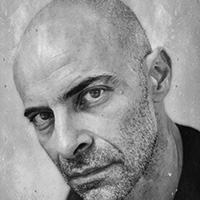
“I’m a 55 years old Italian, a professional photographer for 25 years, and I love using any tools to take the decisive moment: from iPhone to professional cameras.
I travel a lot. I love painting, cinema, architecture, opera and of course jazz.”

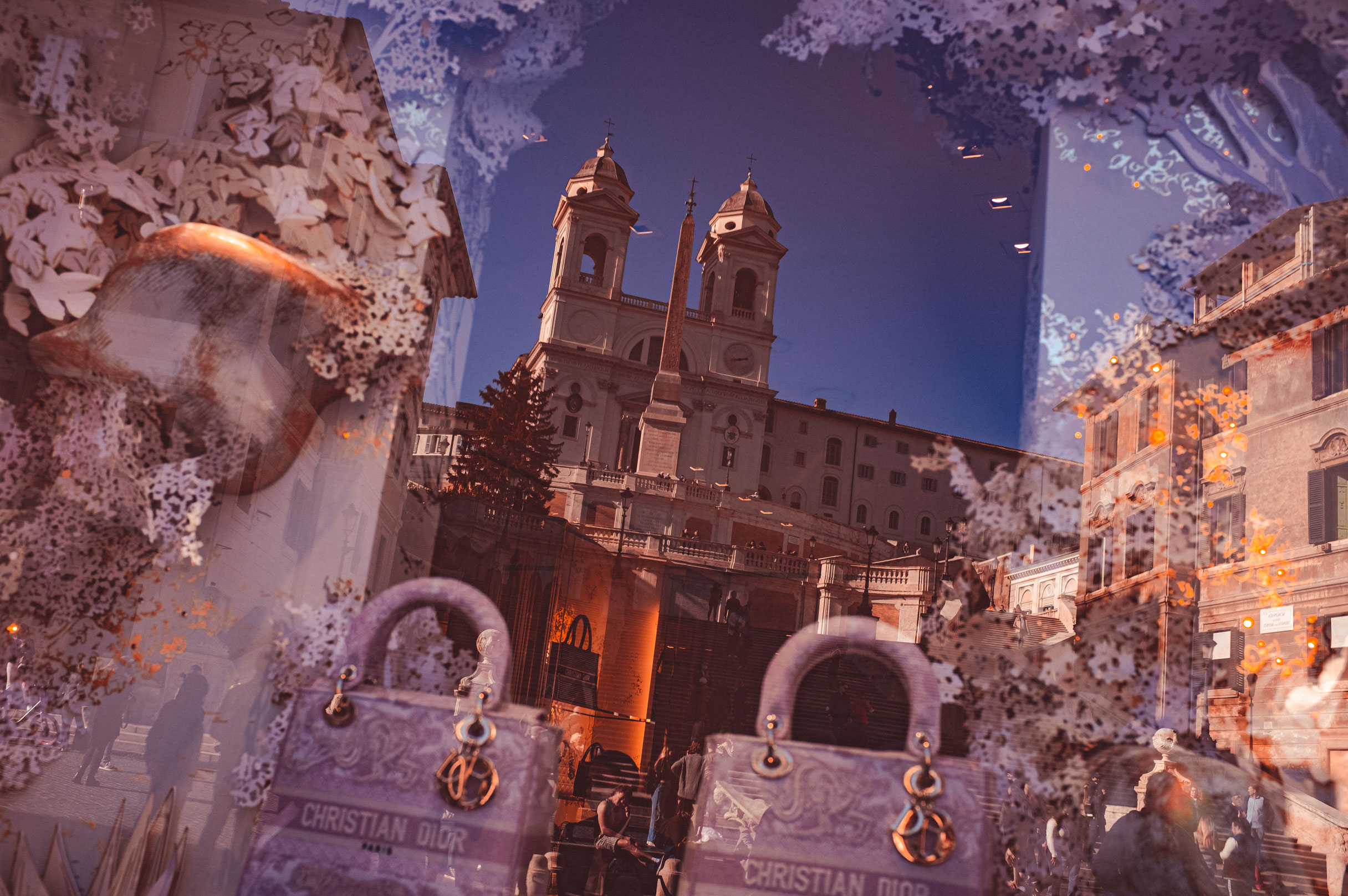
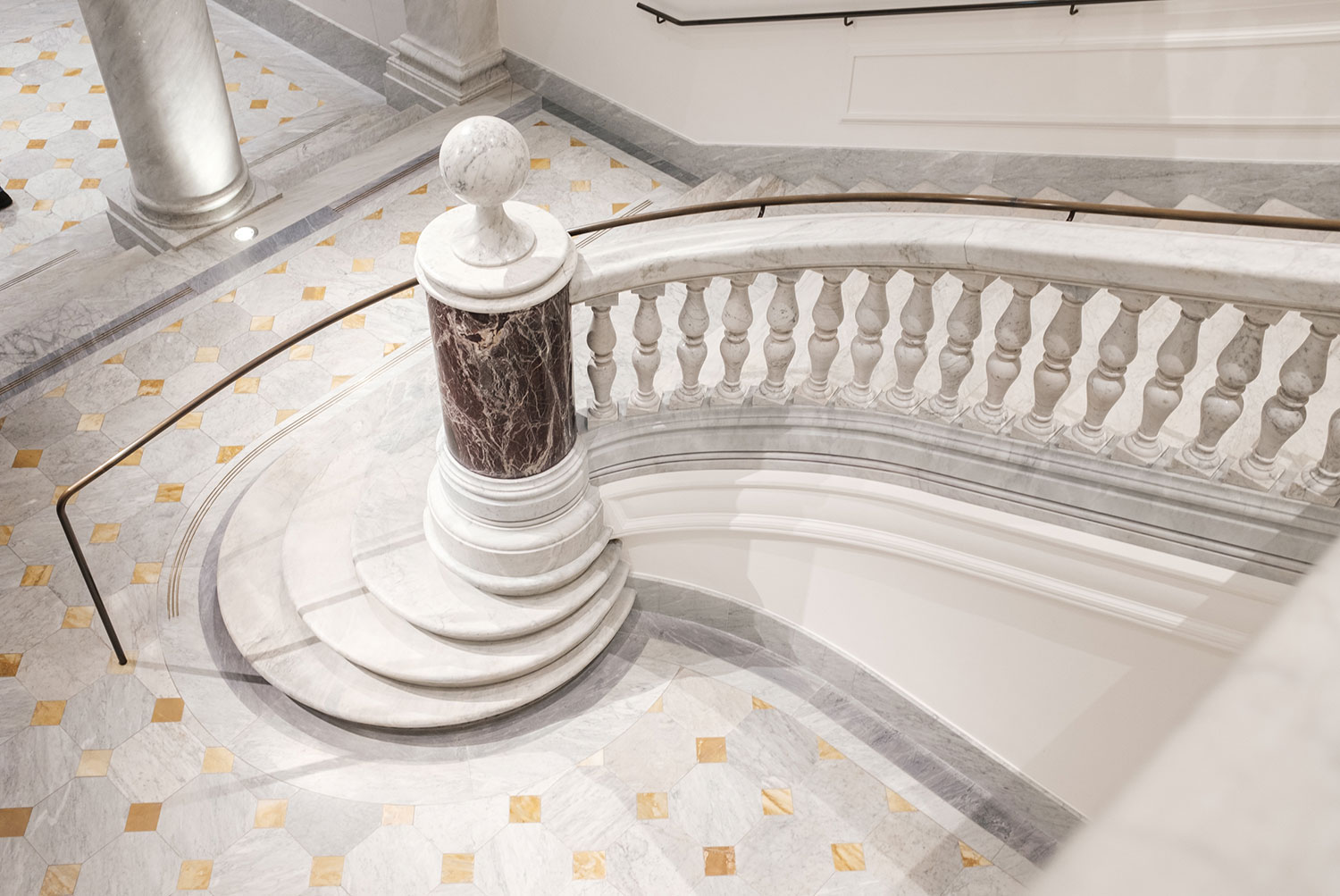
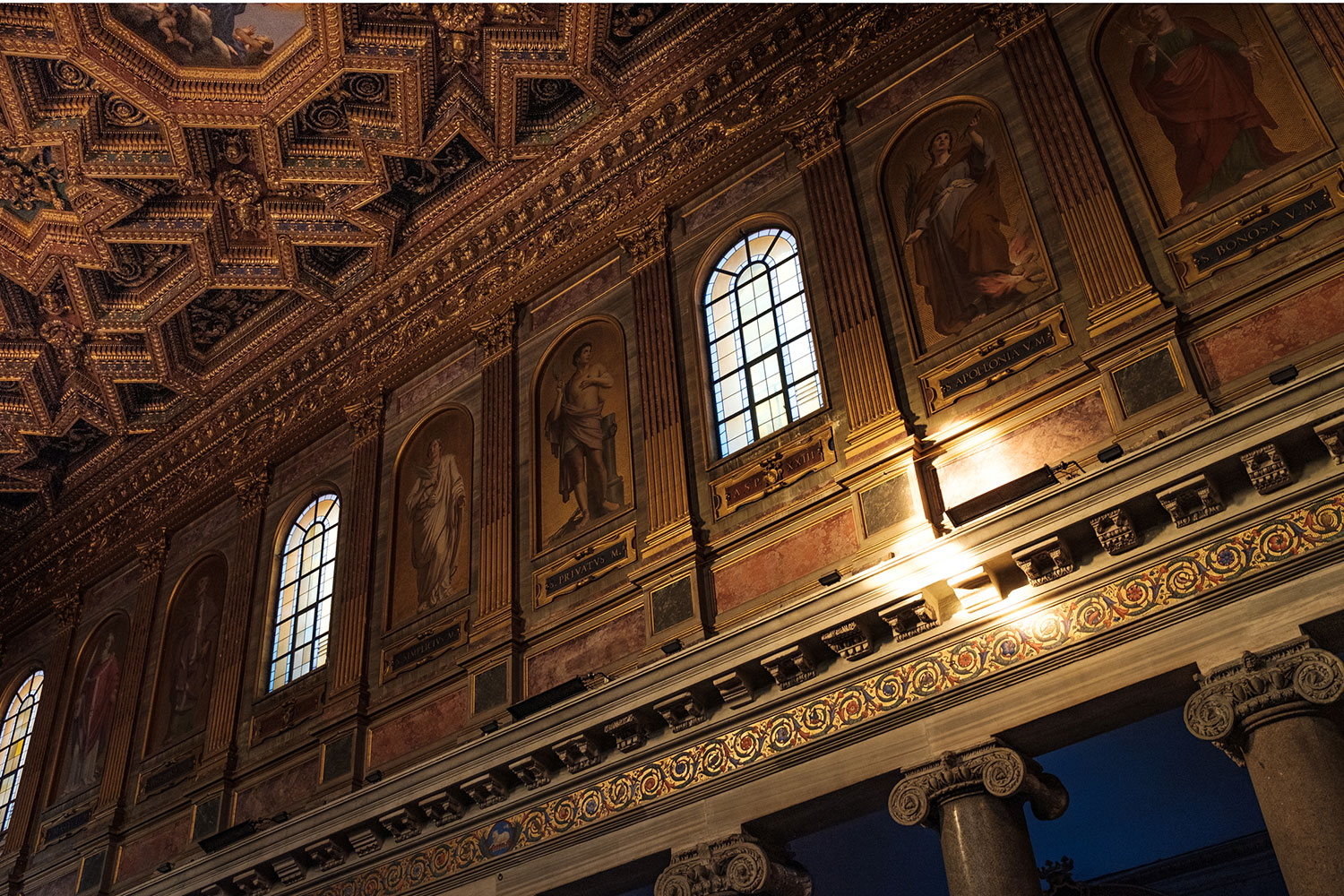
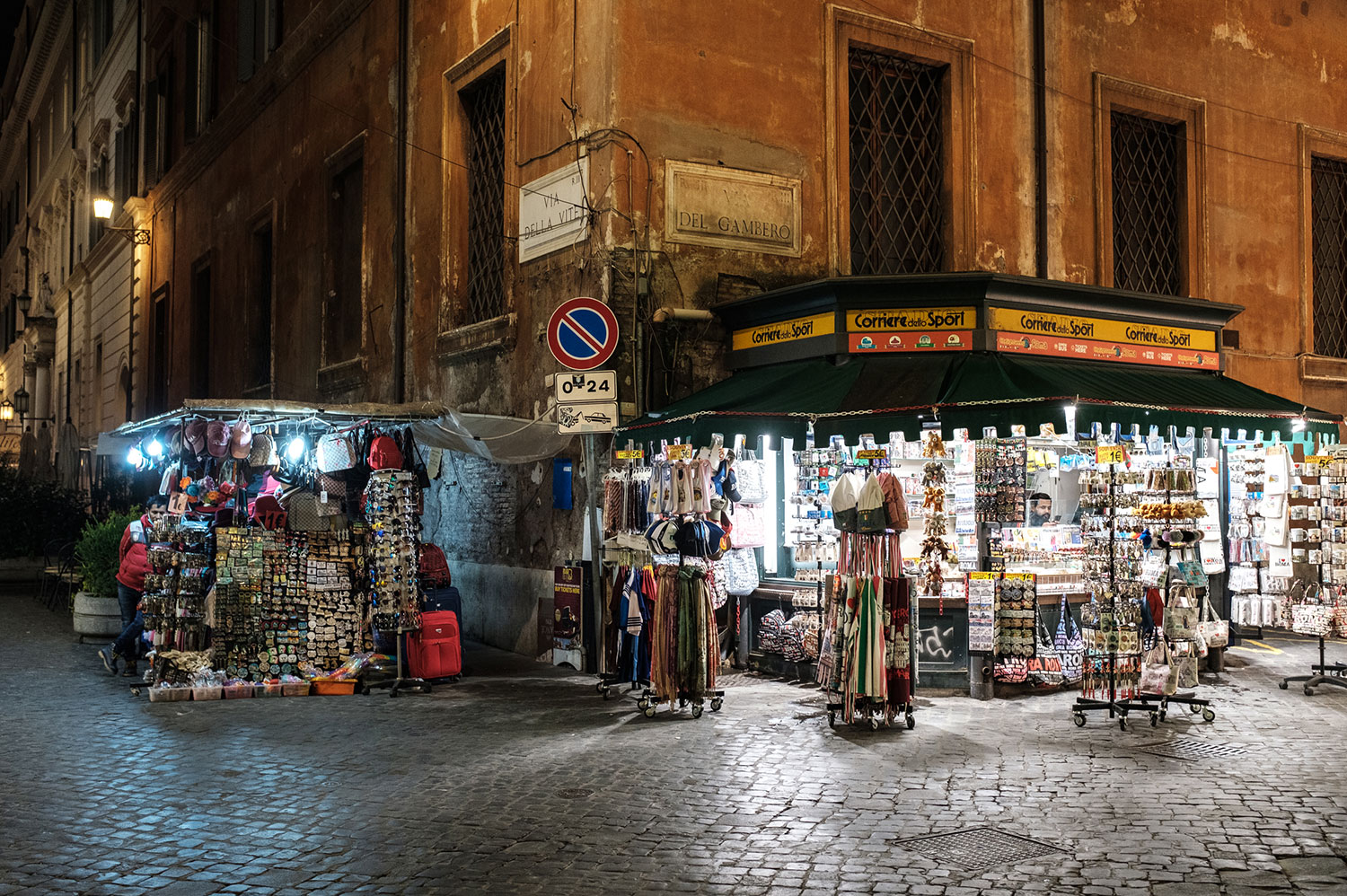
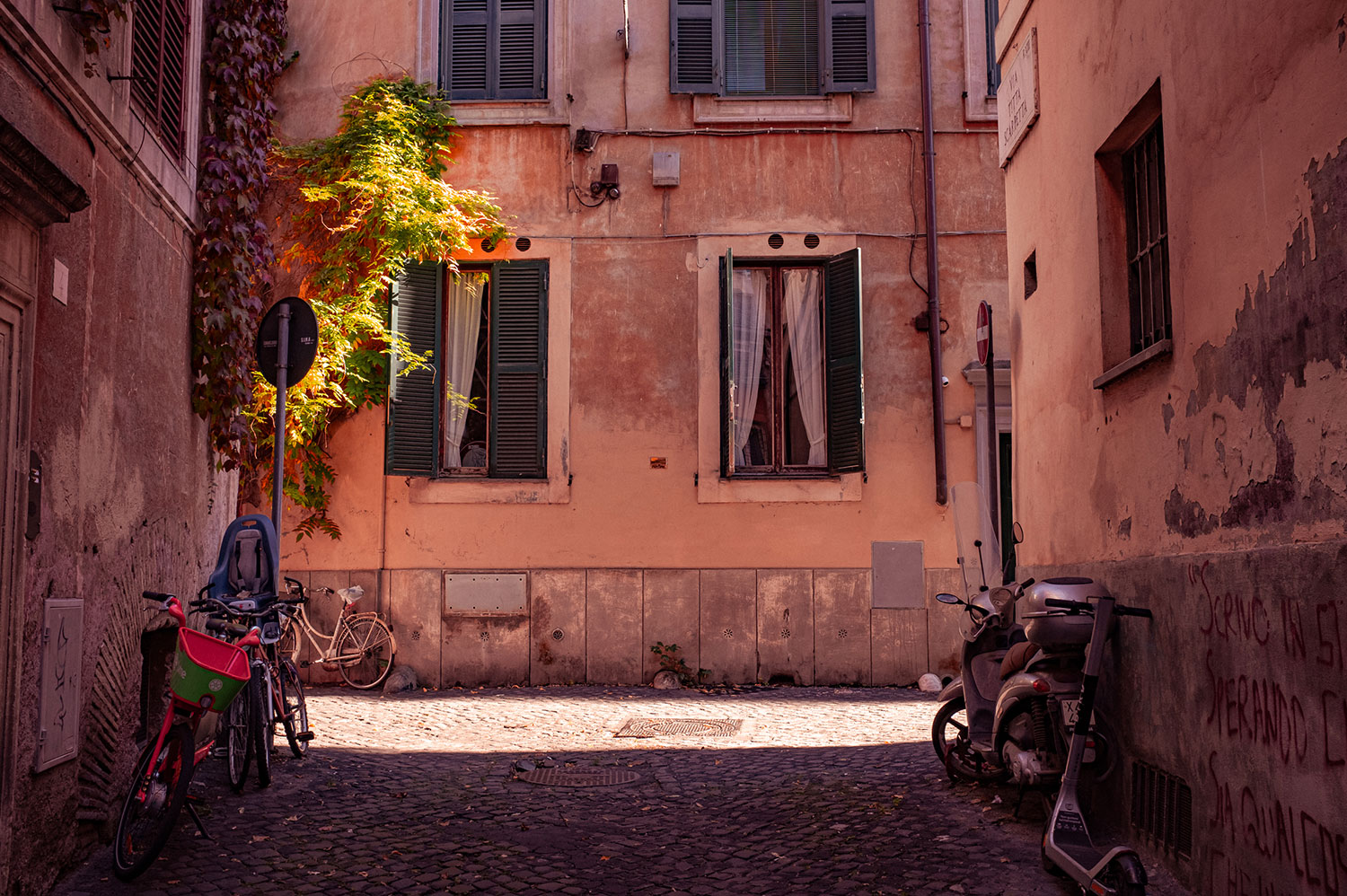
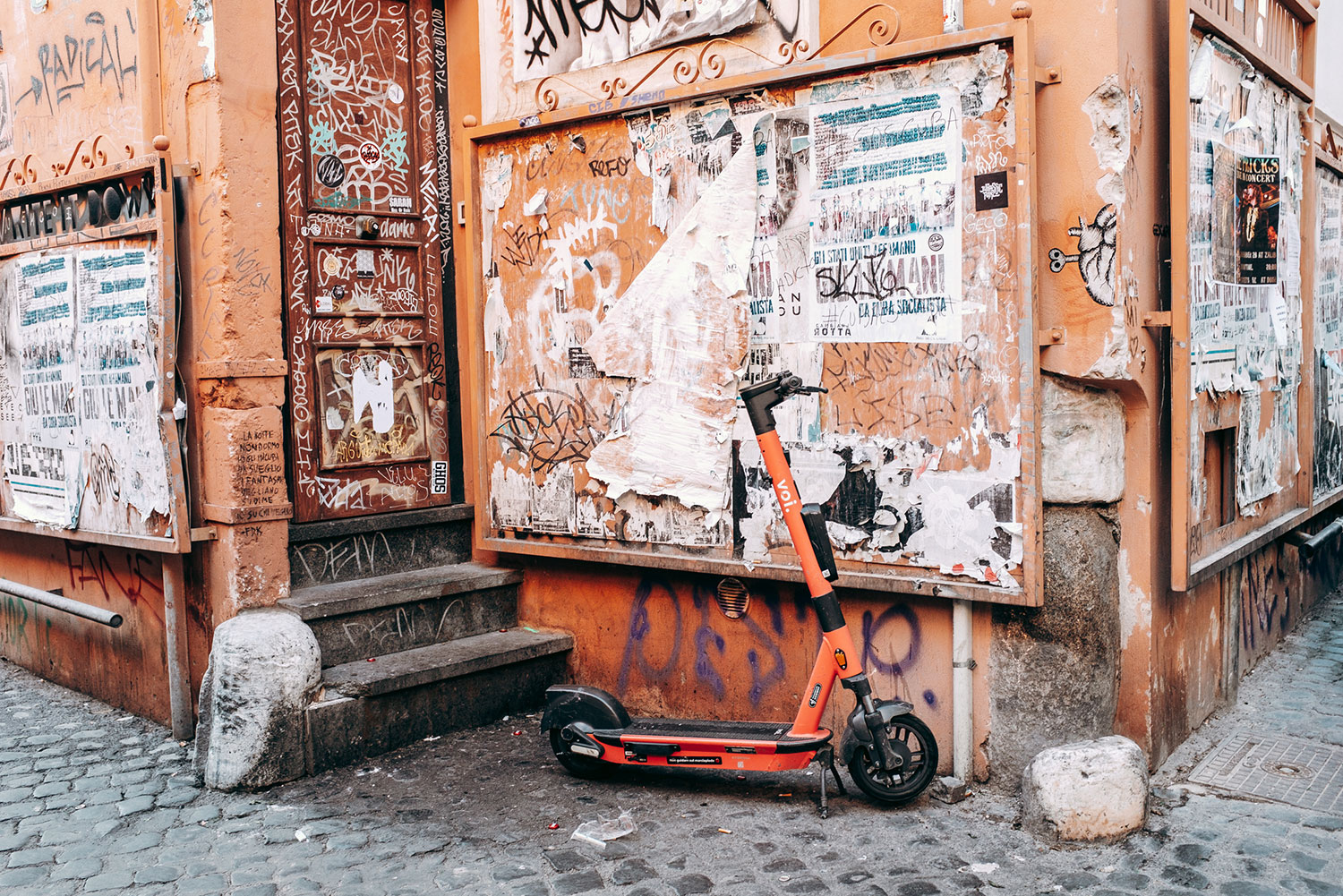
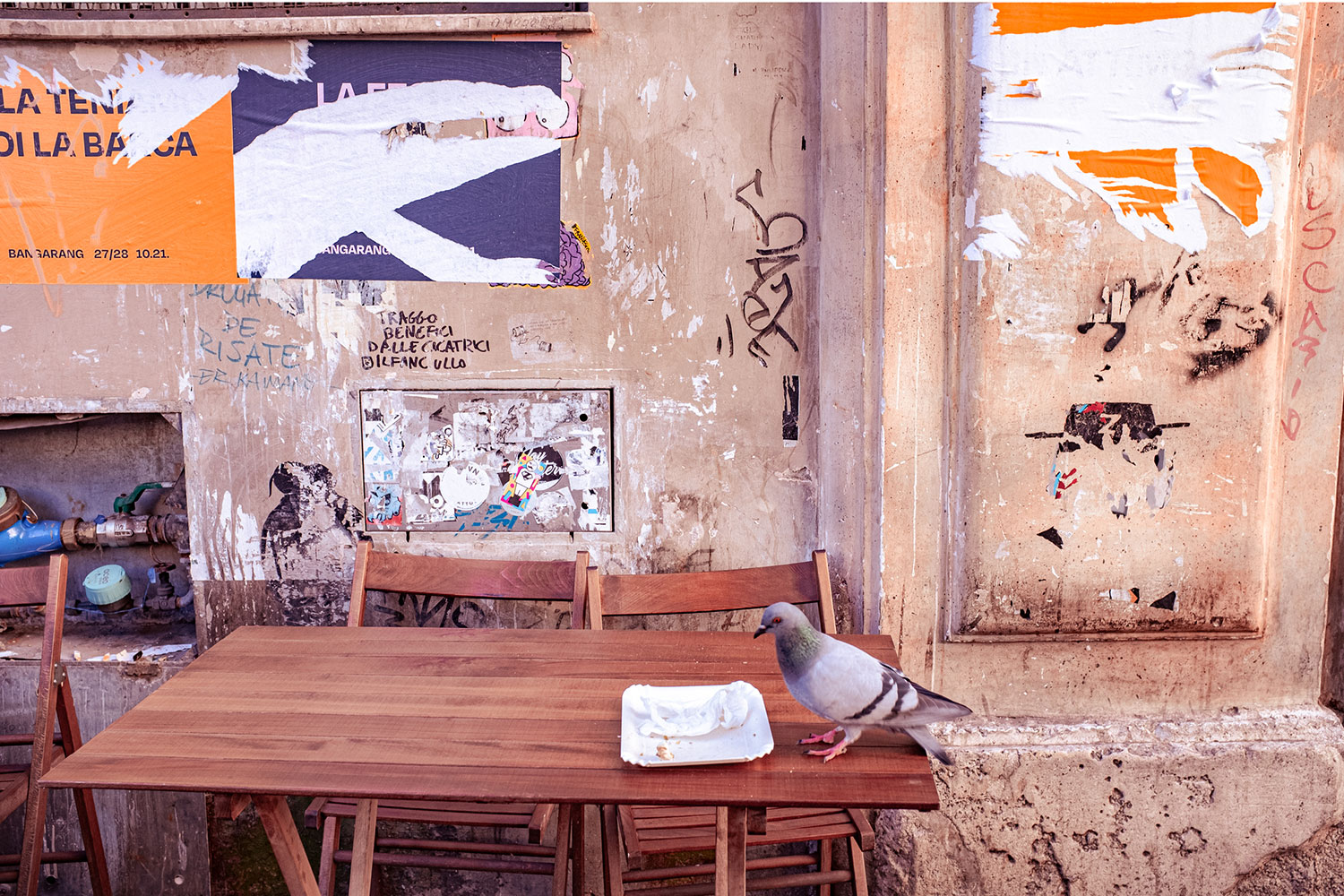
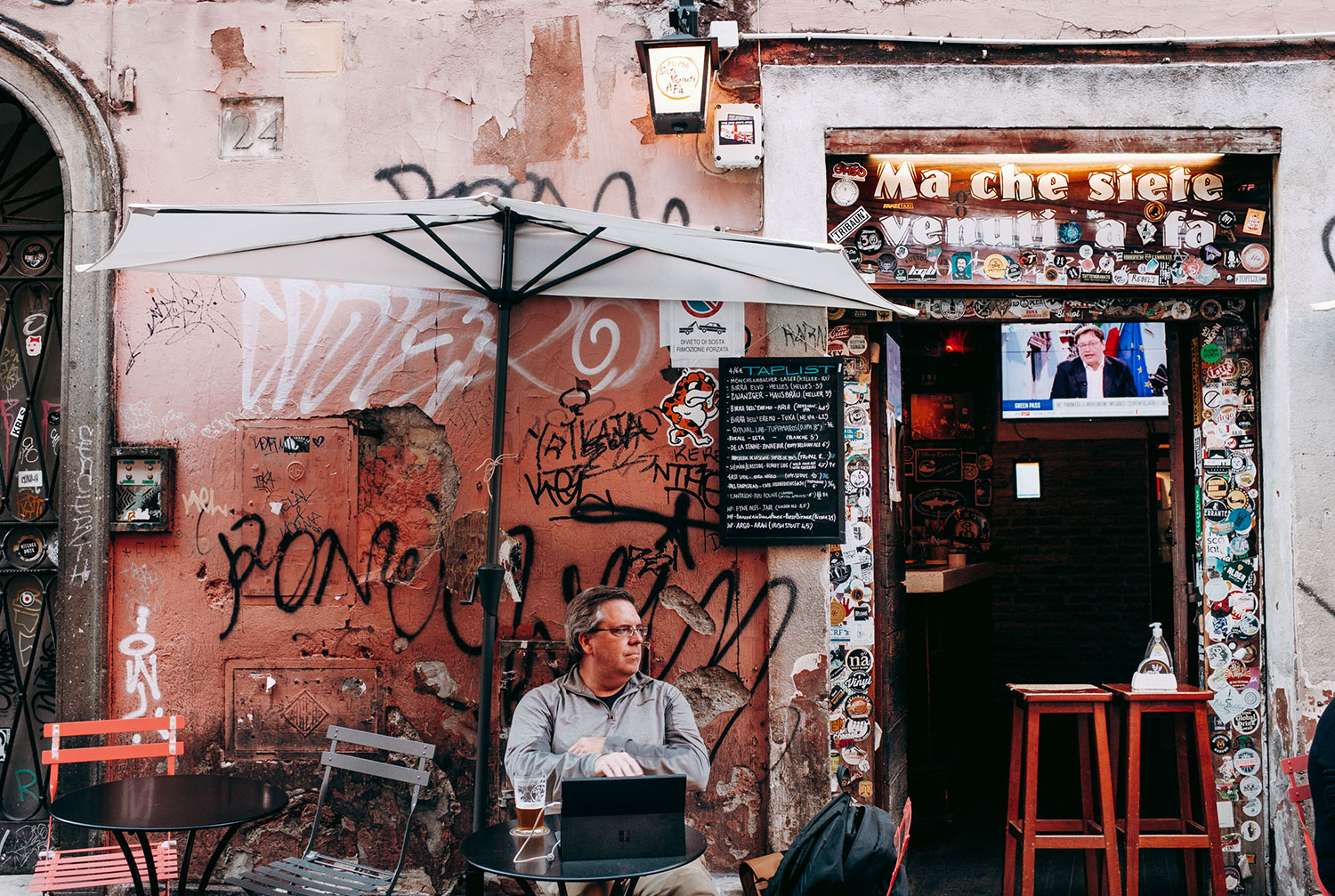
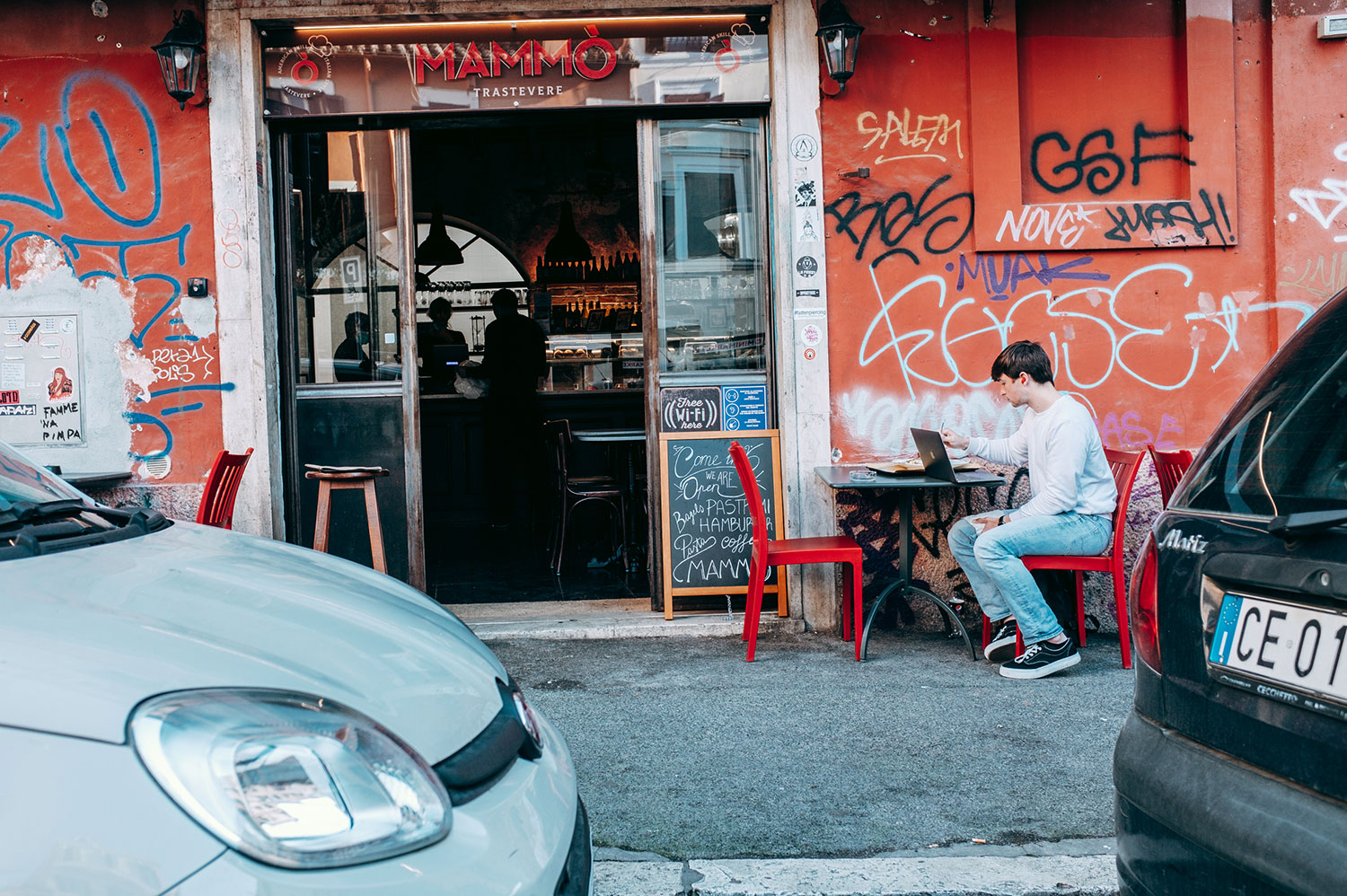
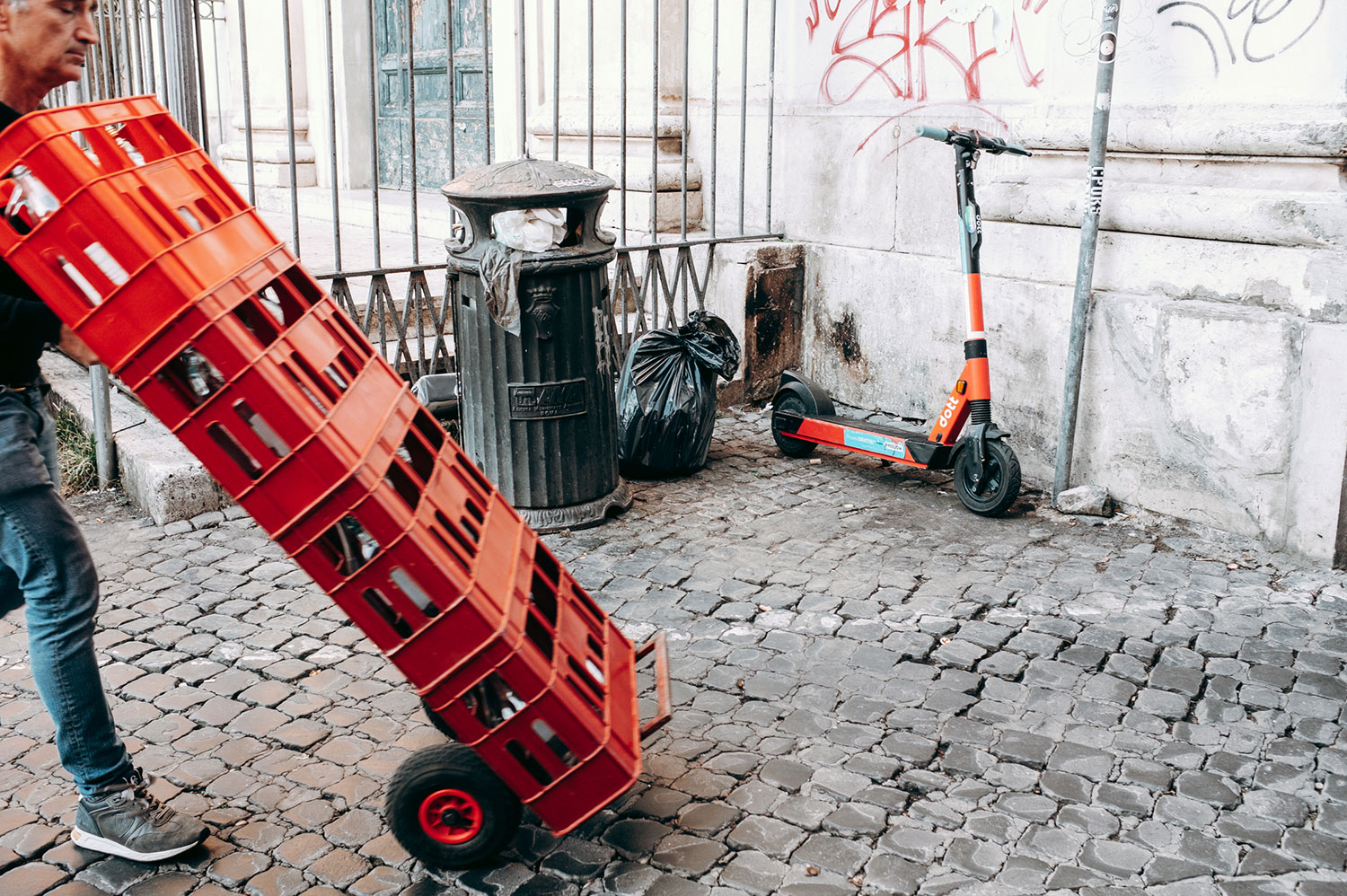
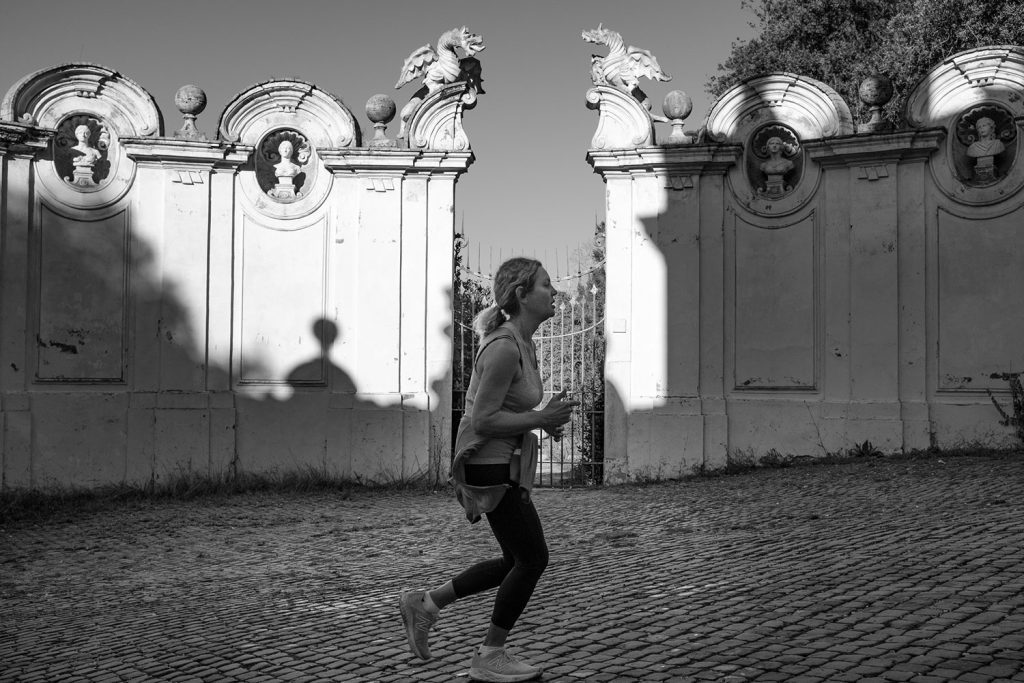
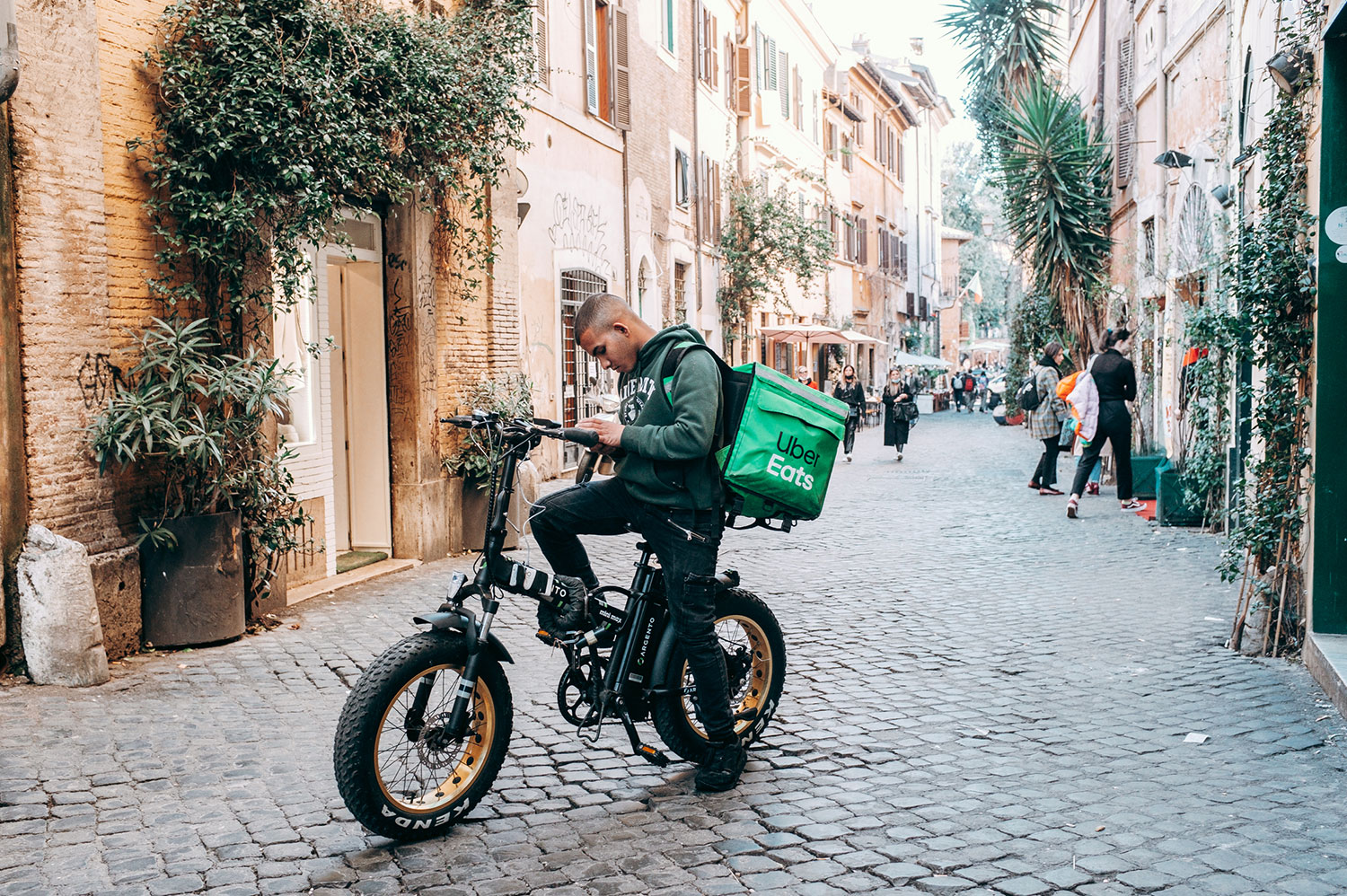
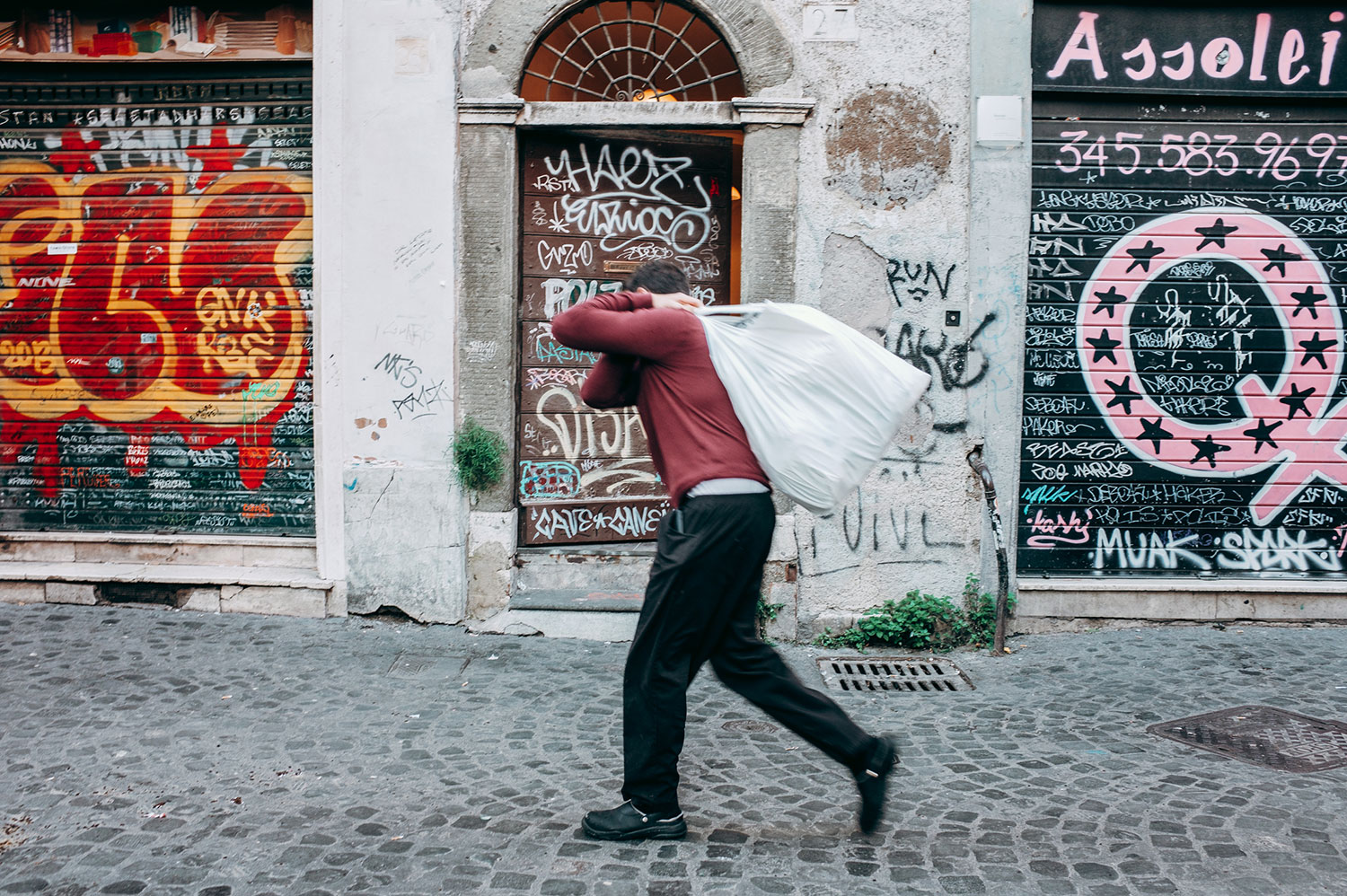
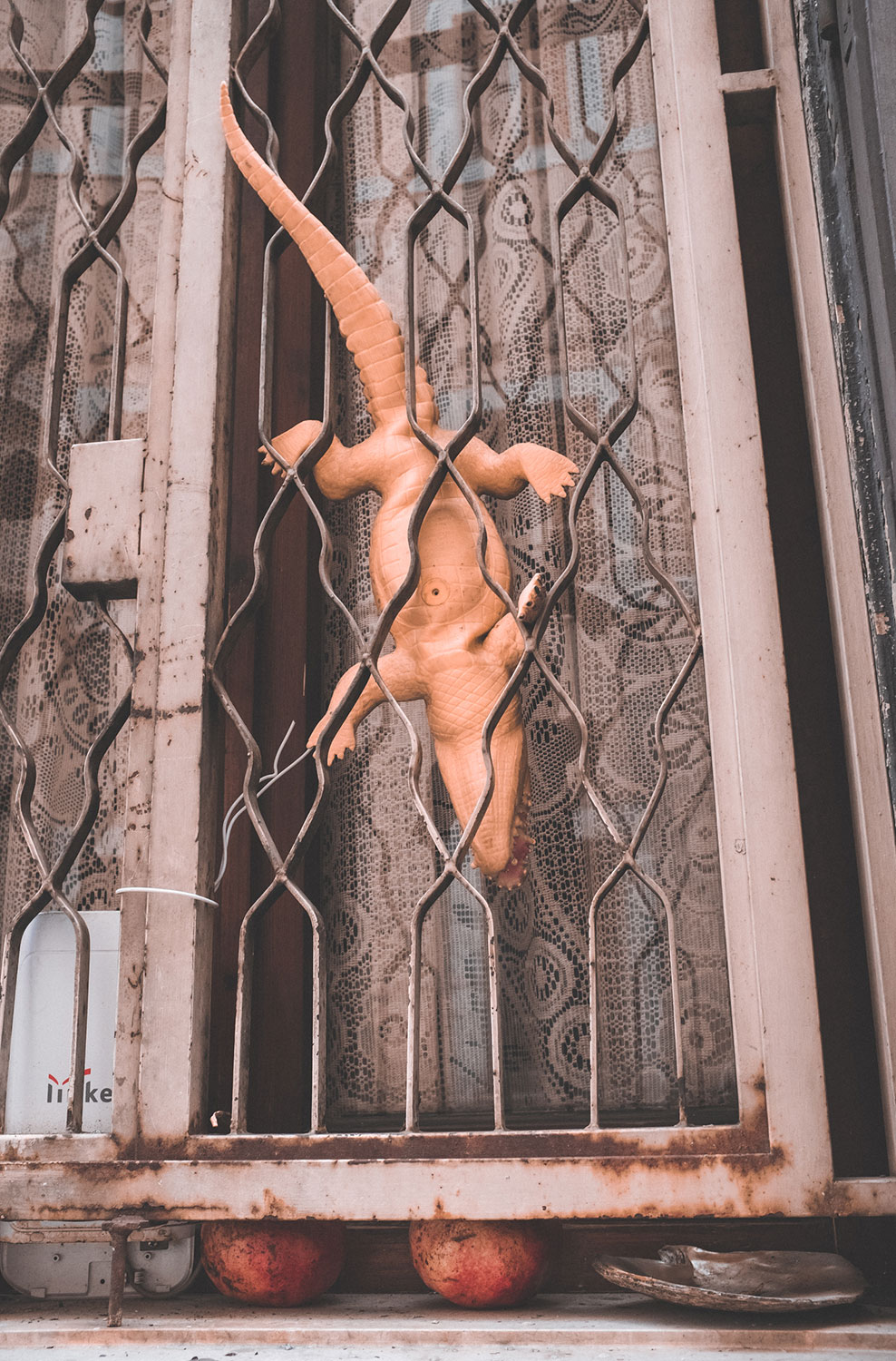
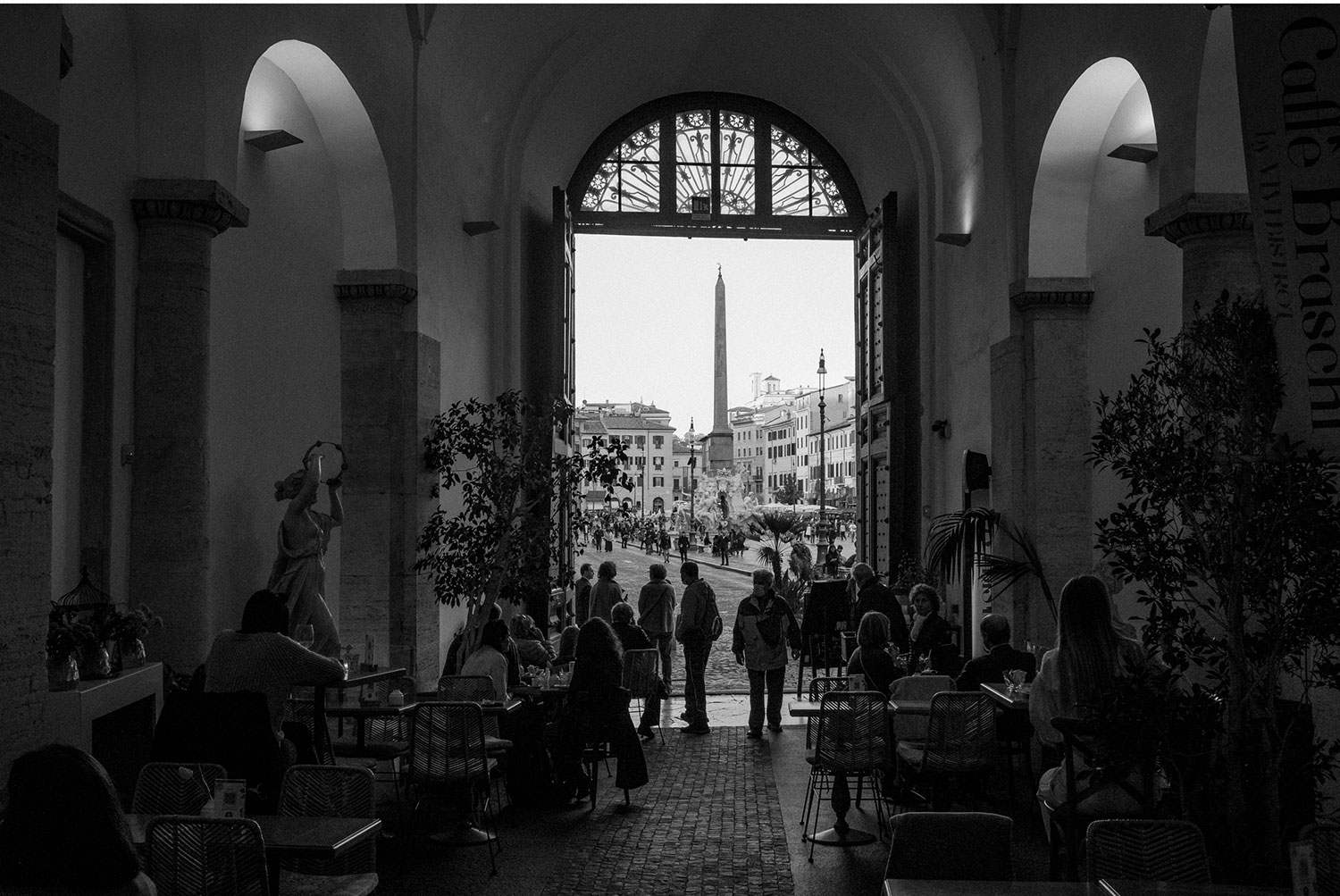
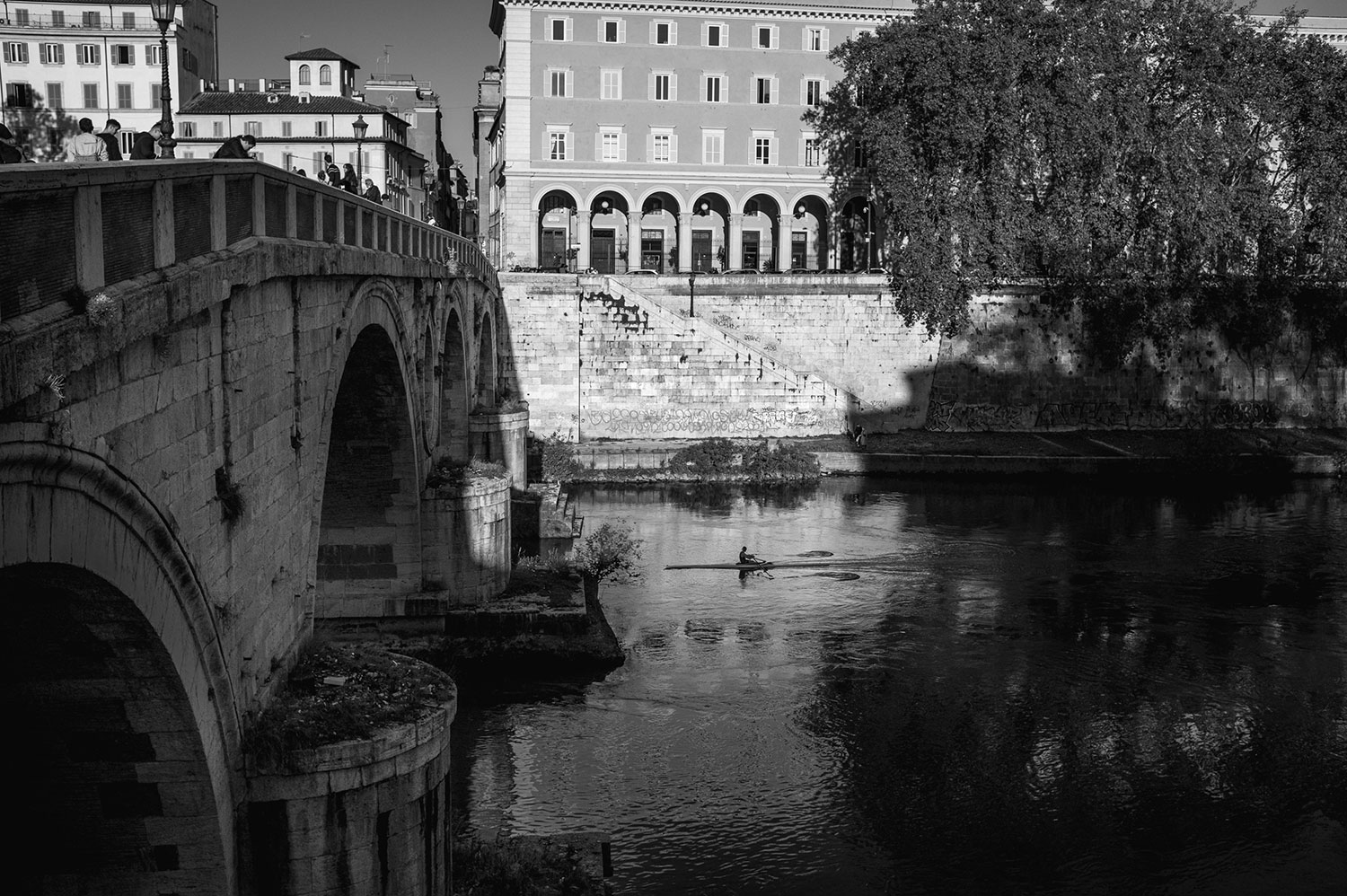
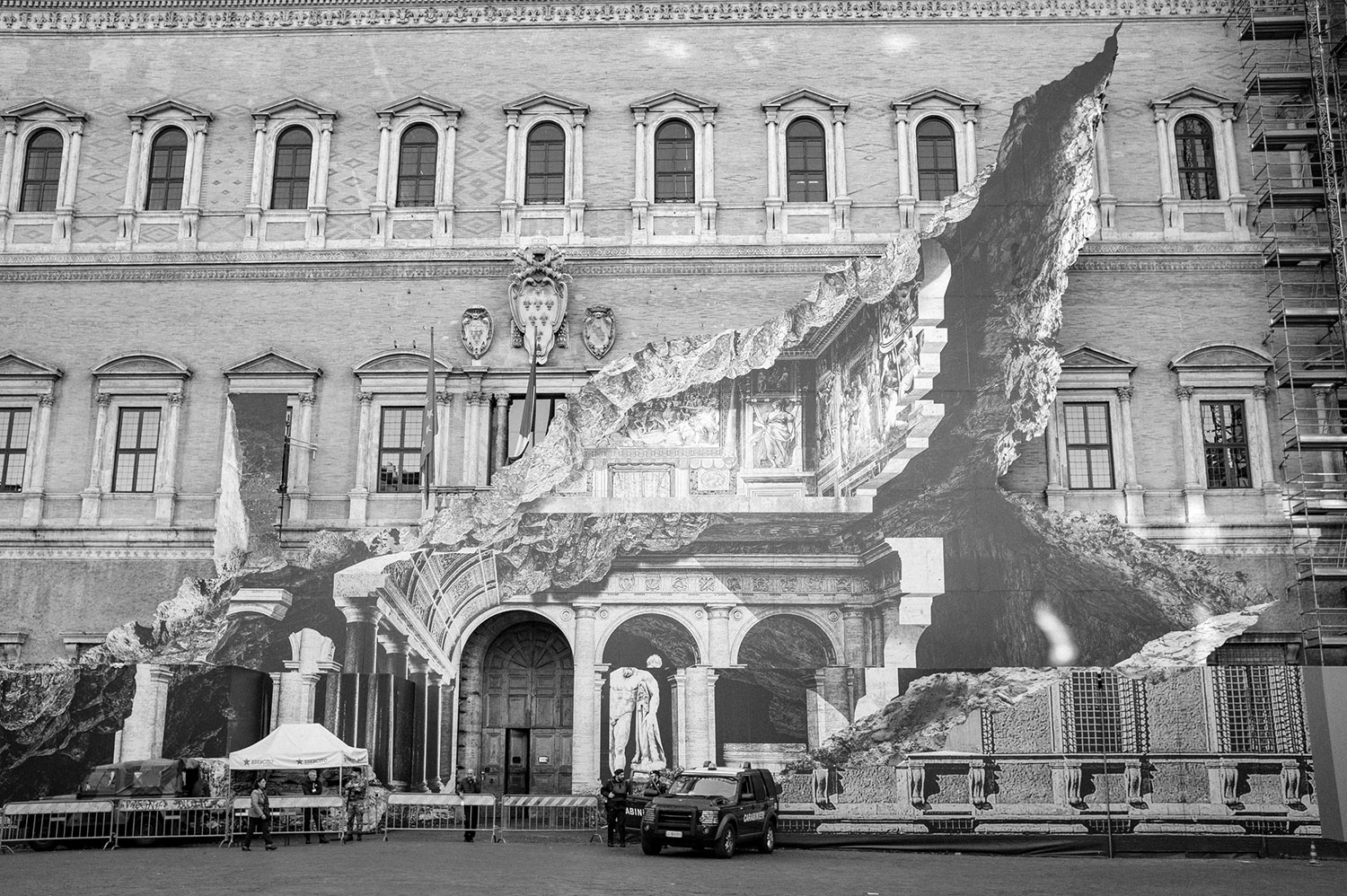
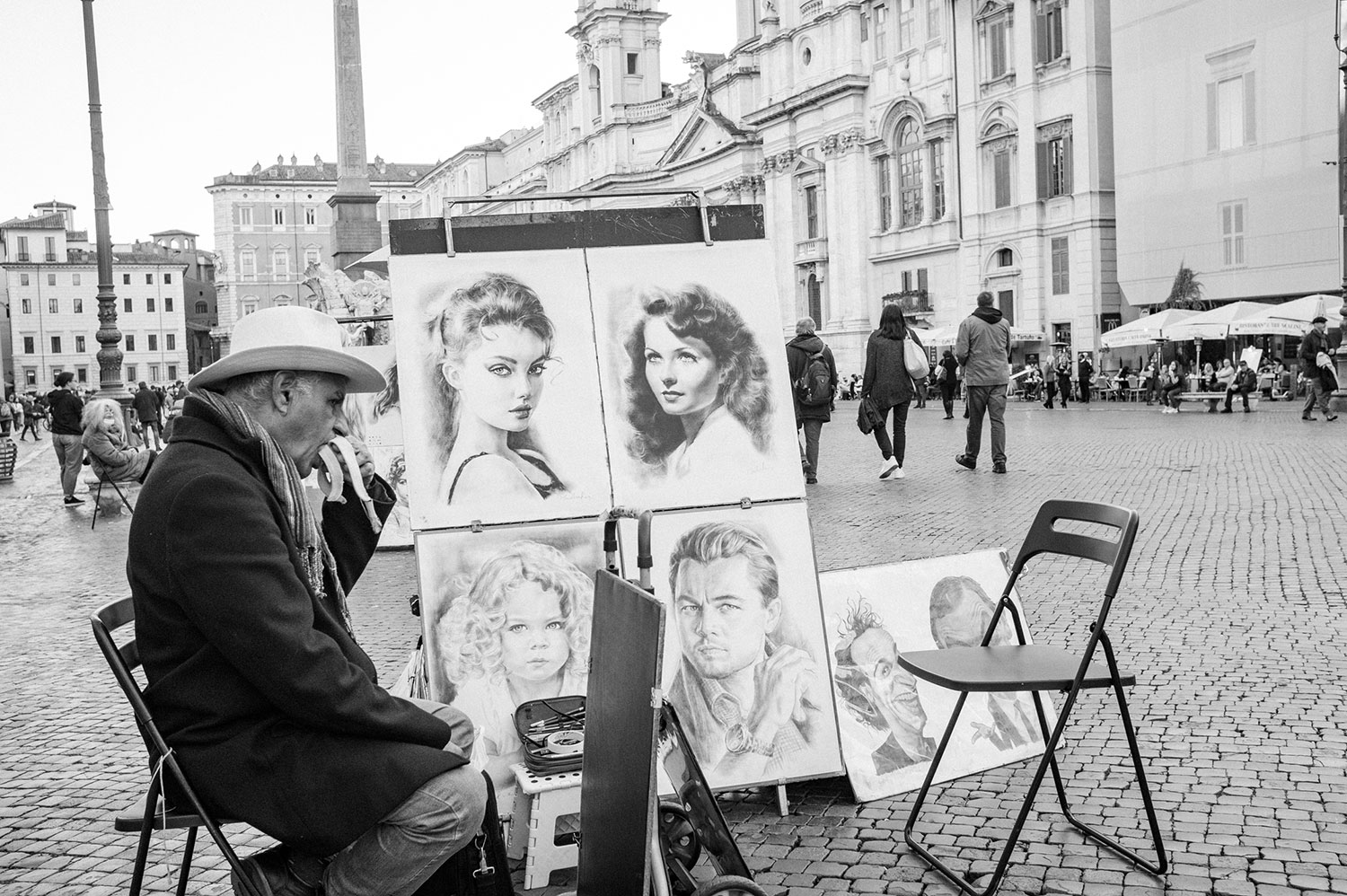
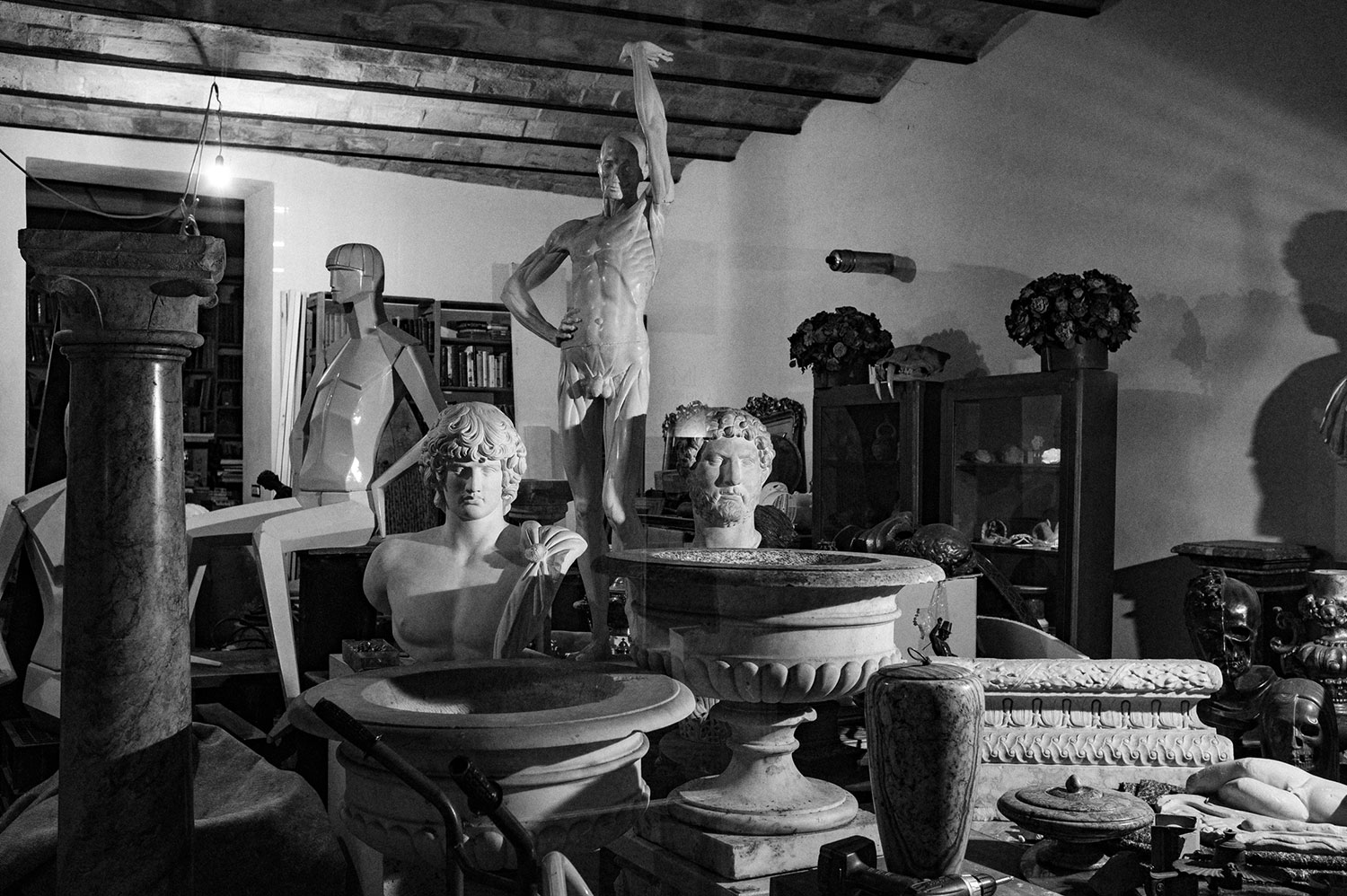
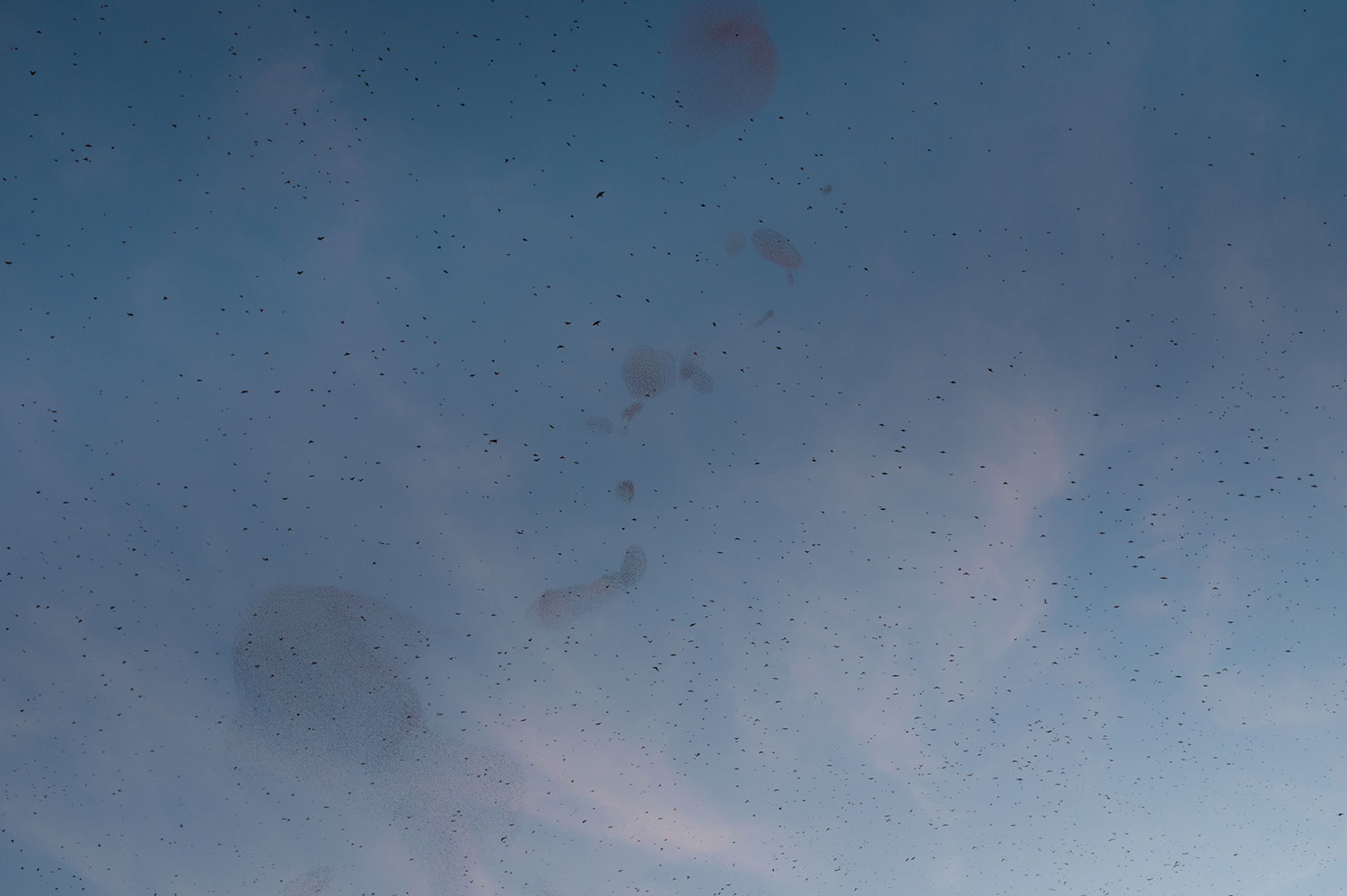
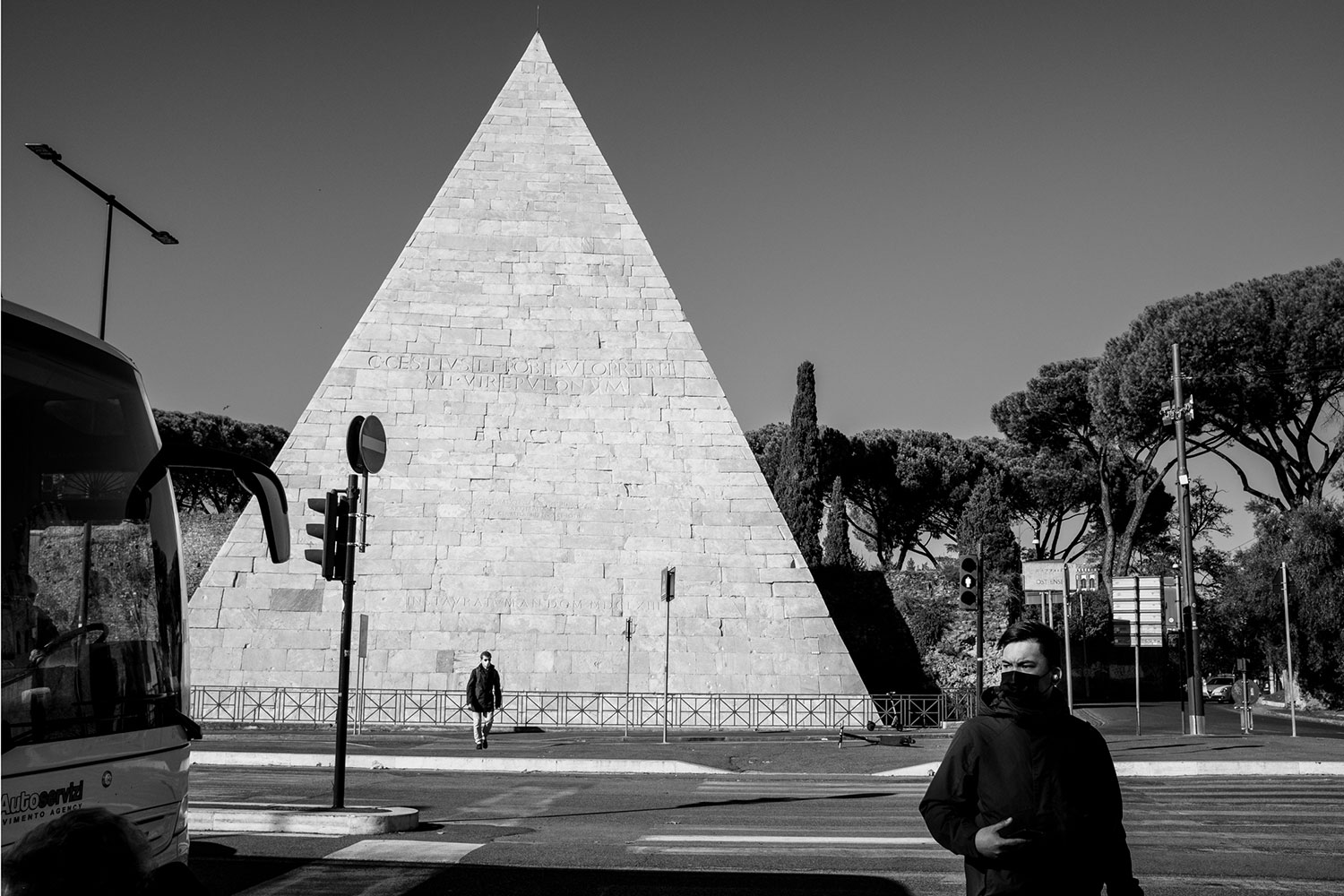
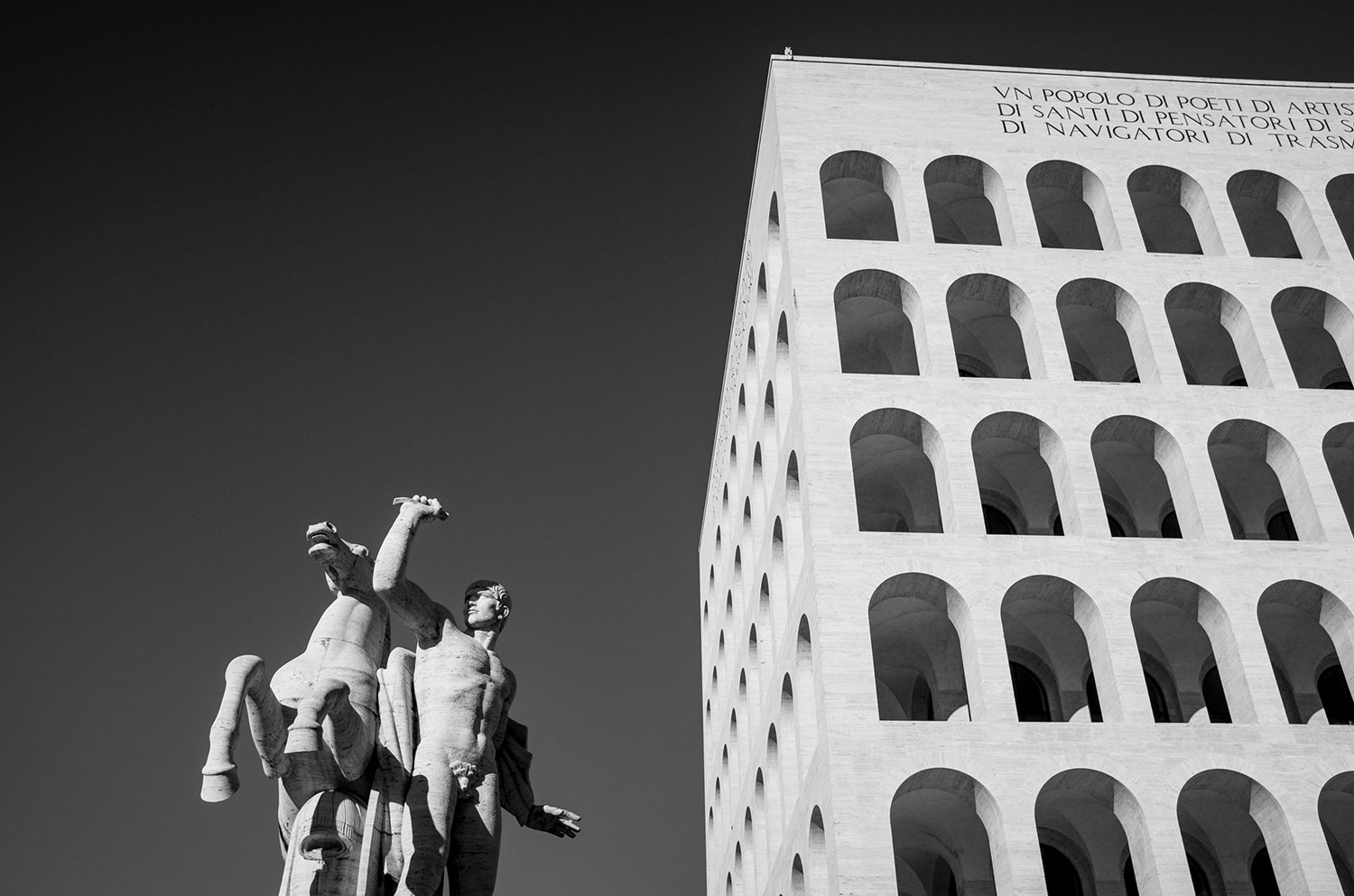
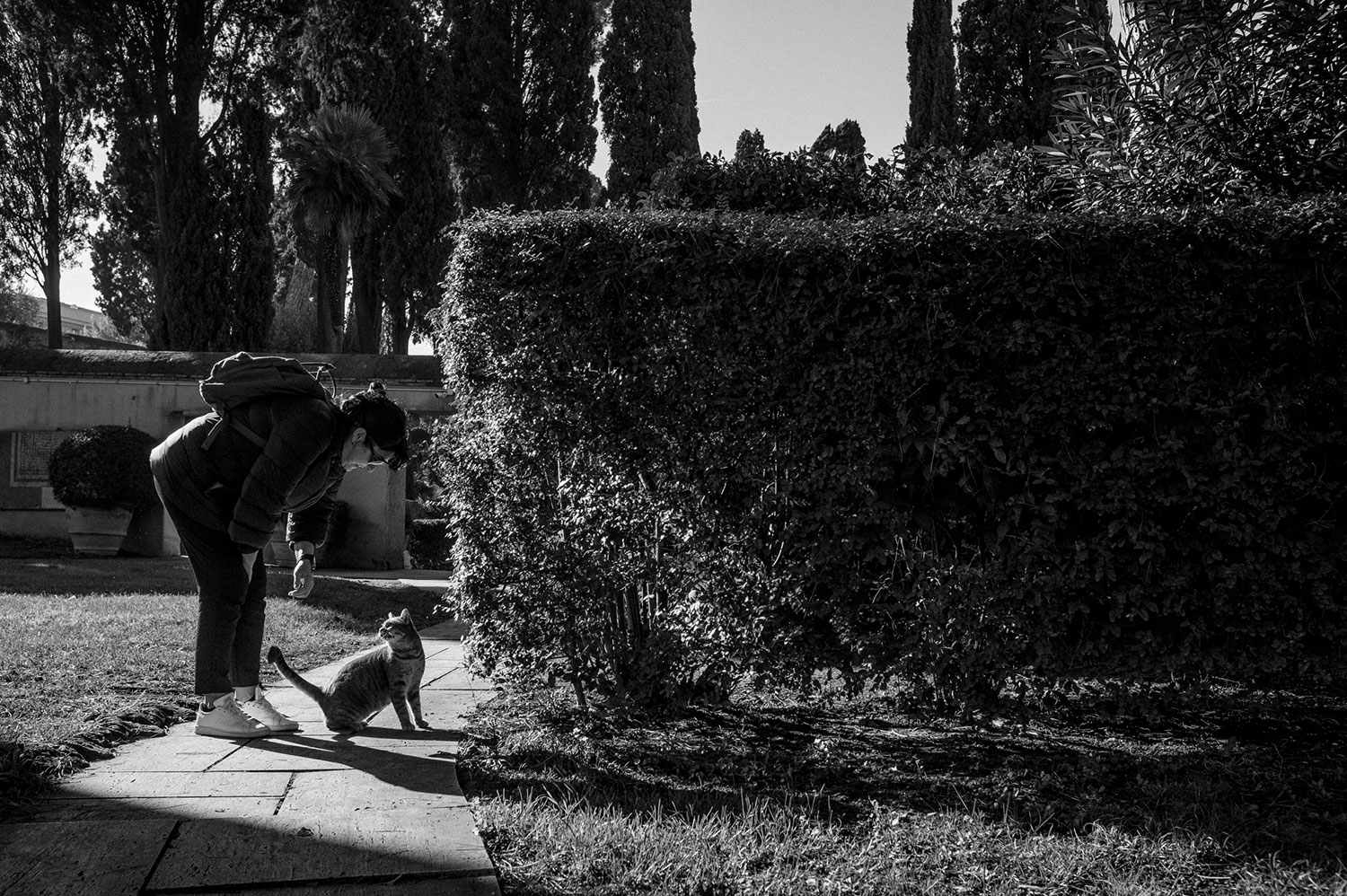
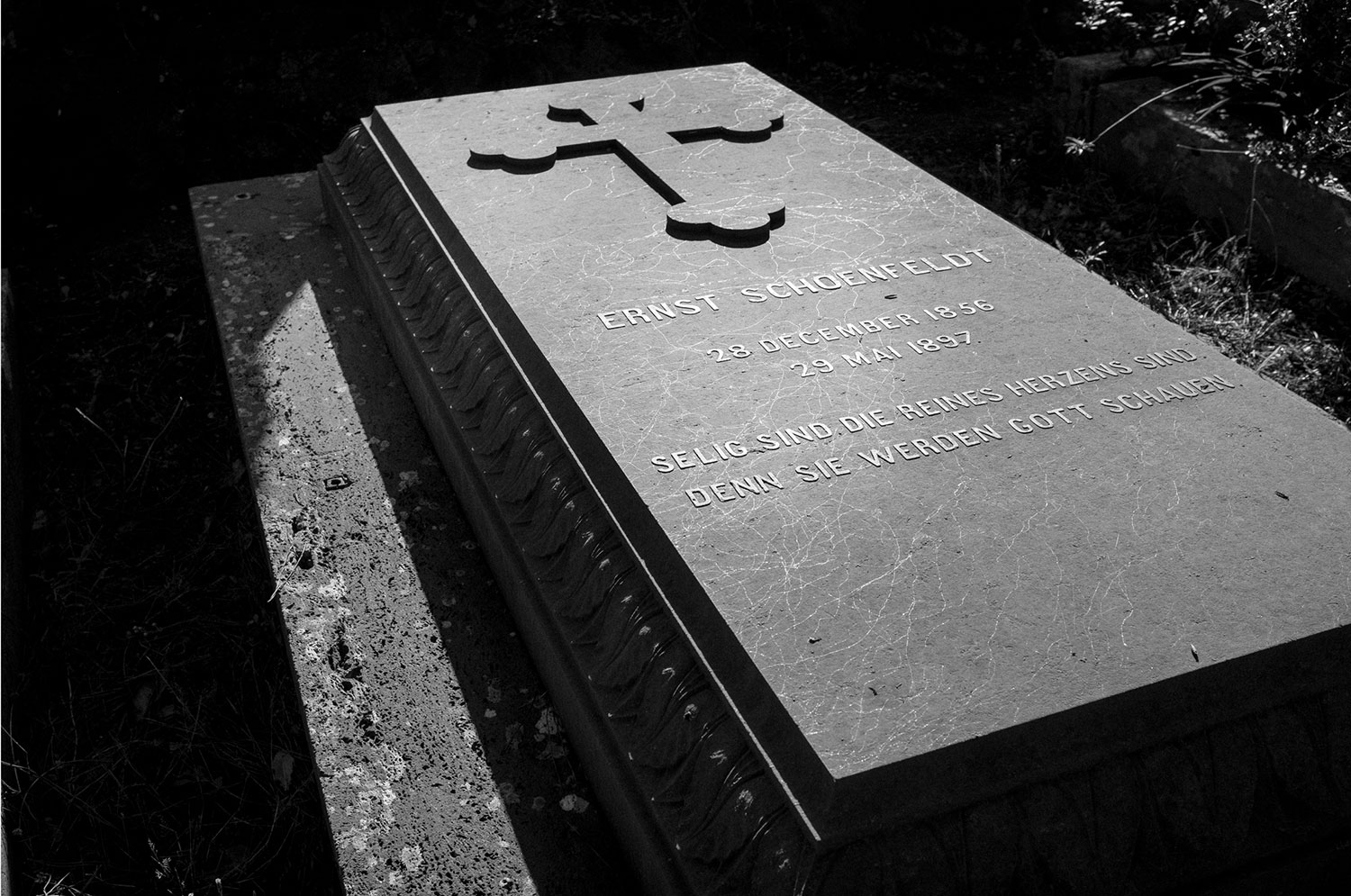
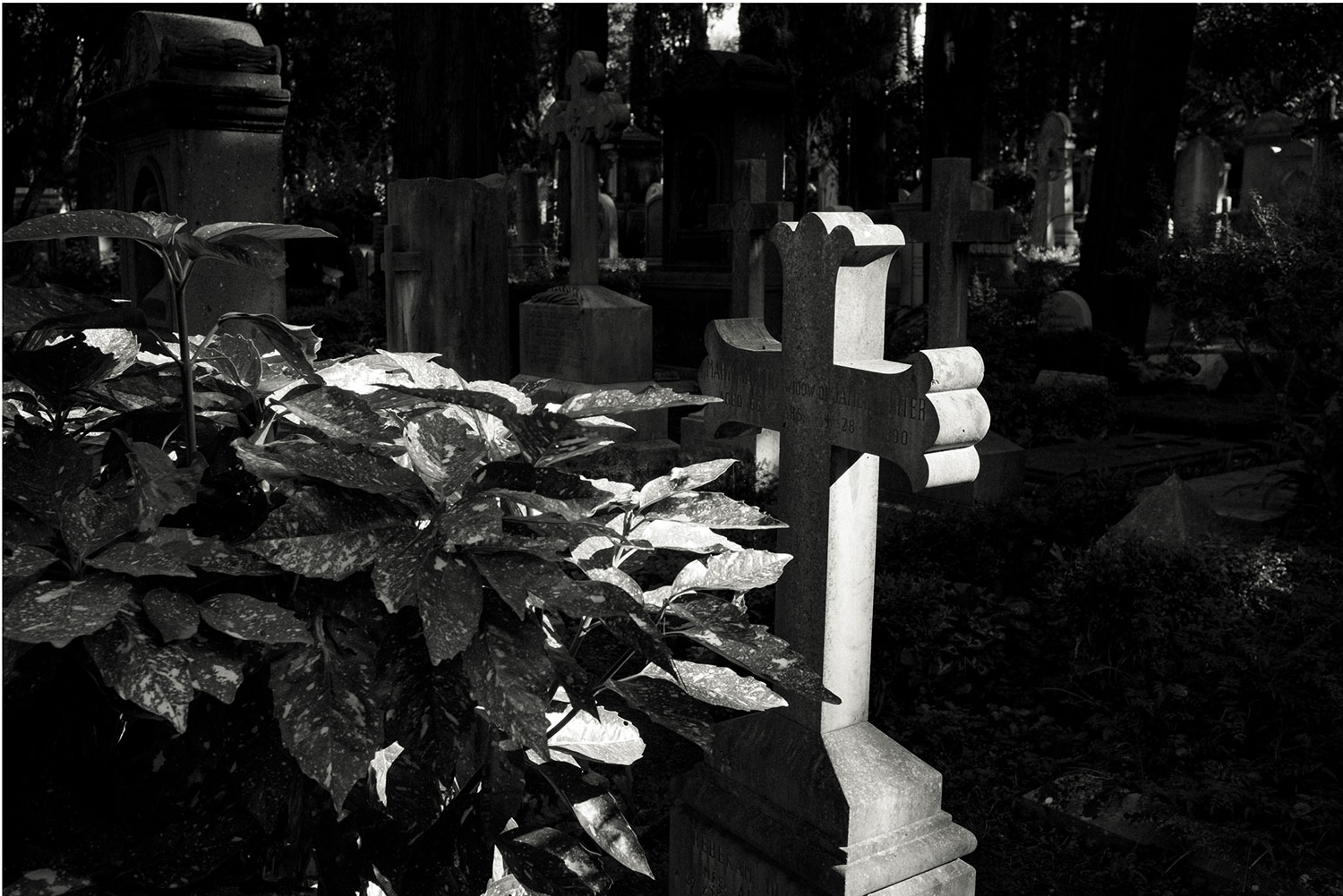
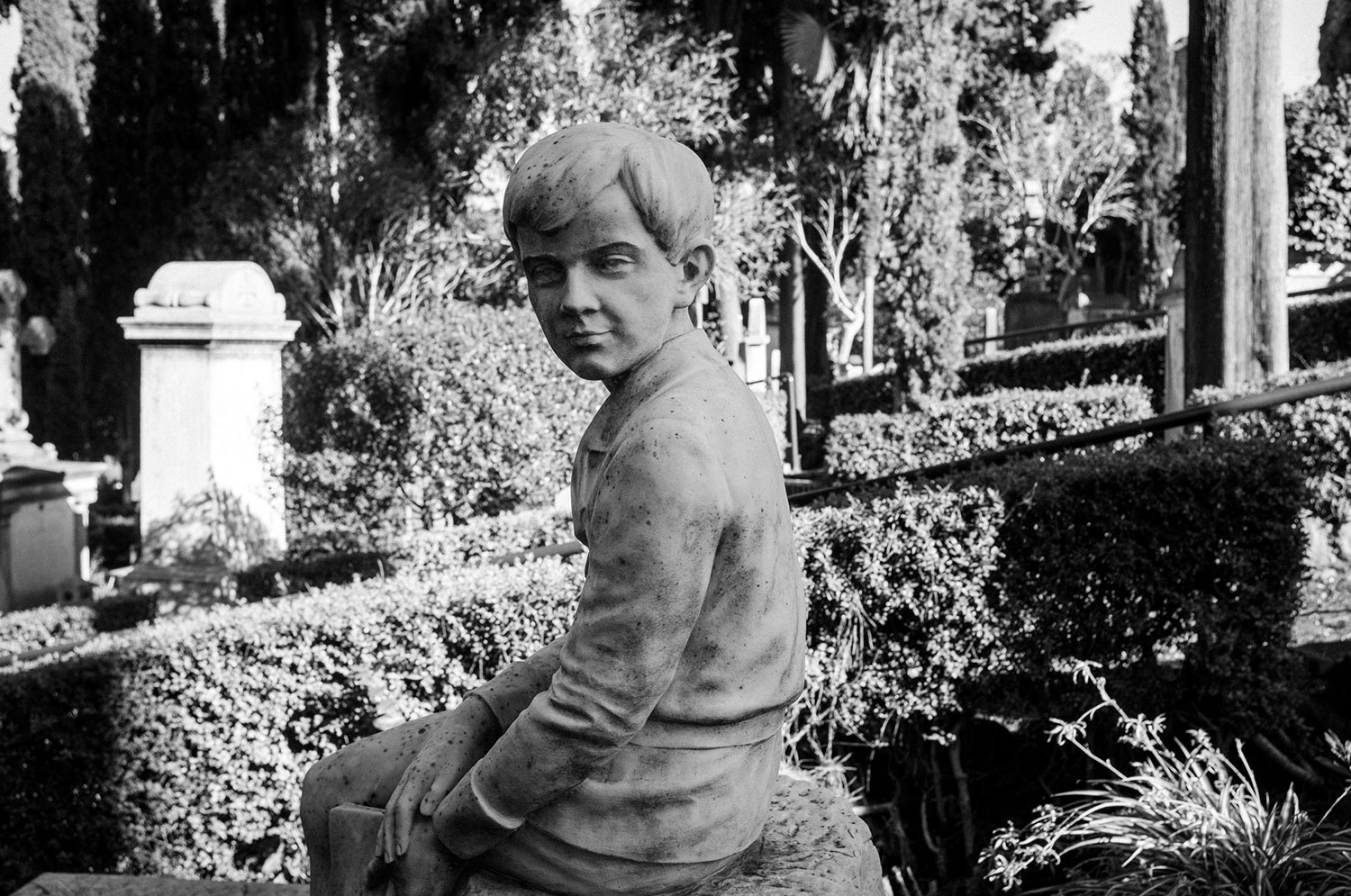
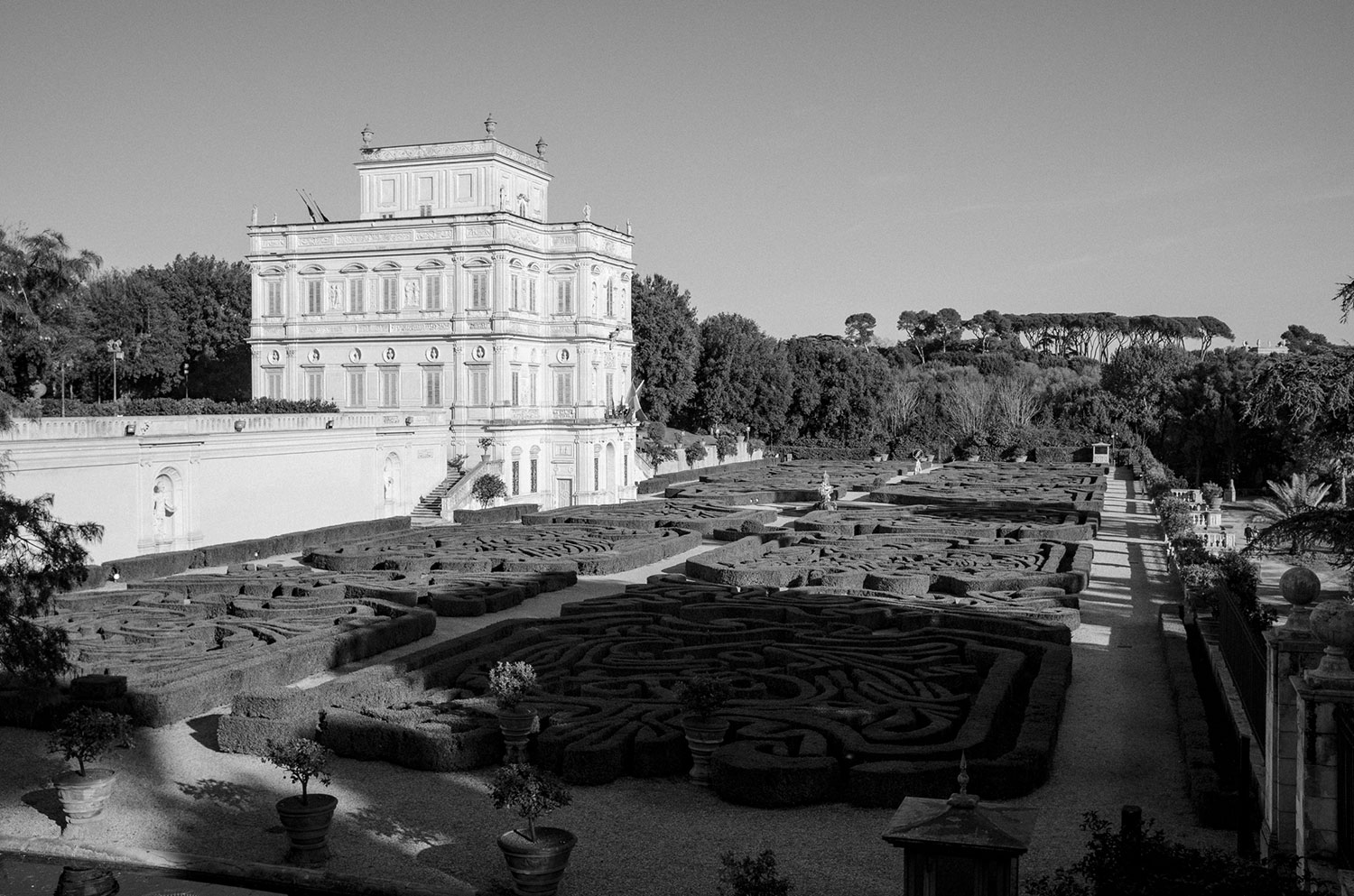
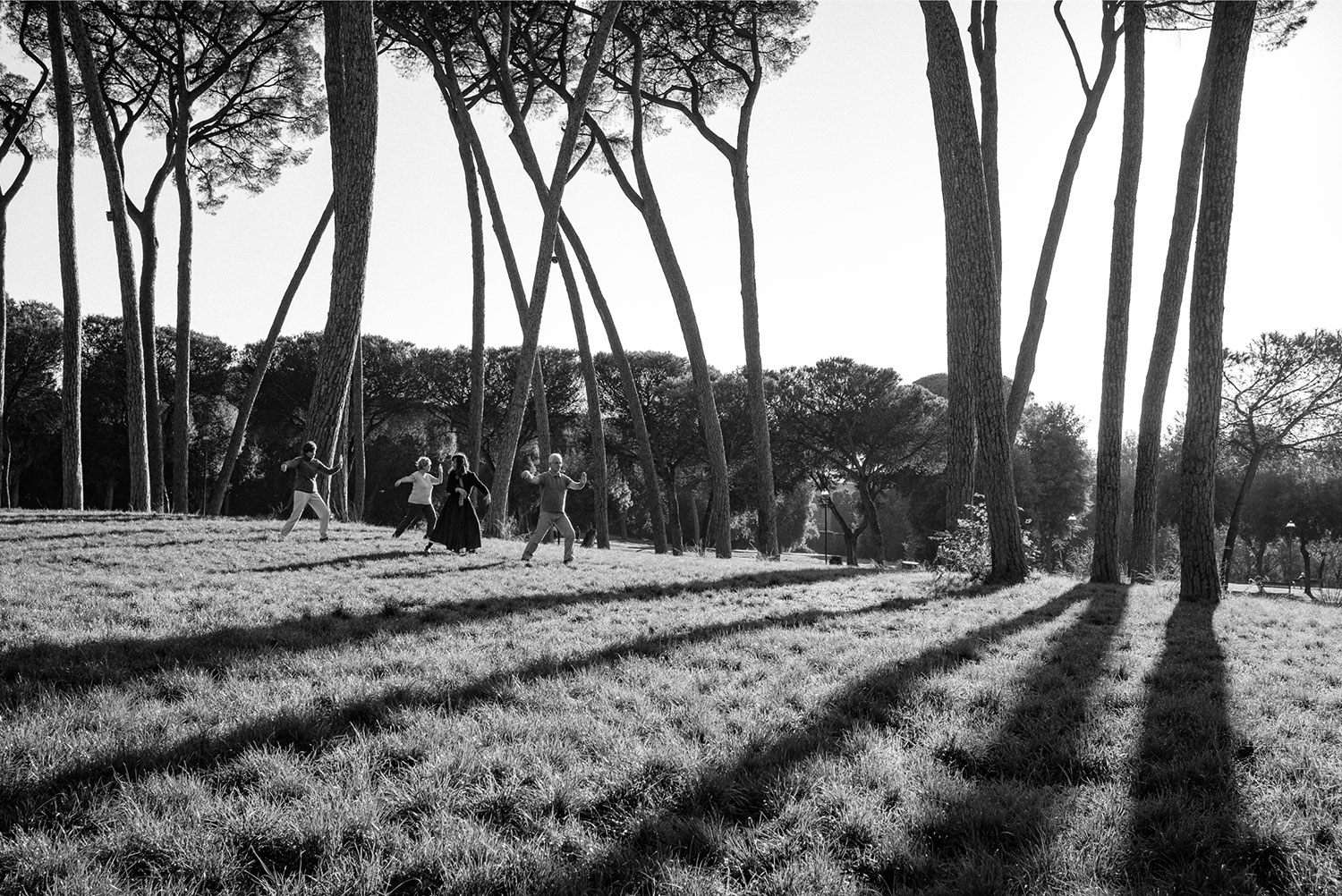
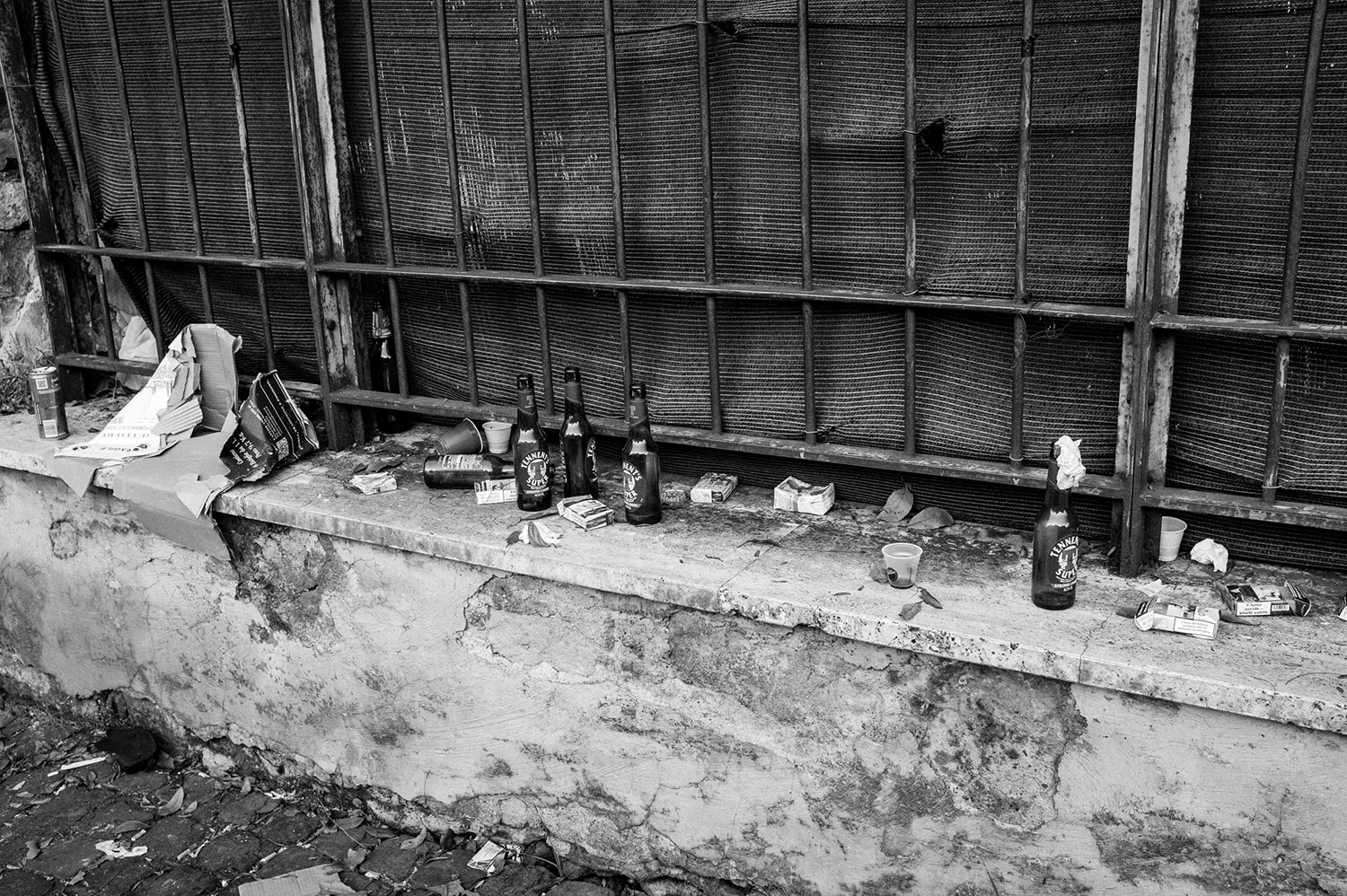
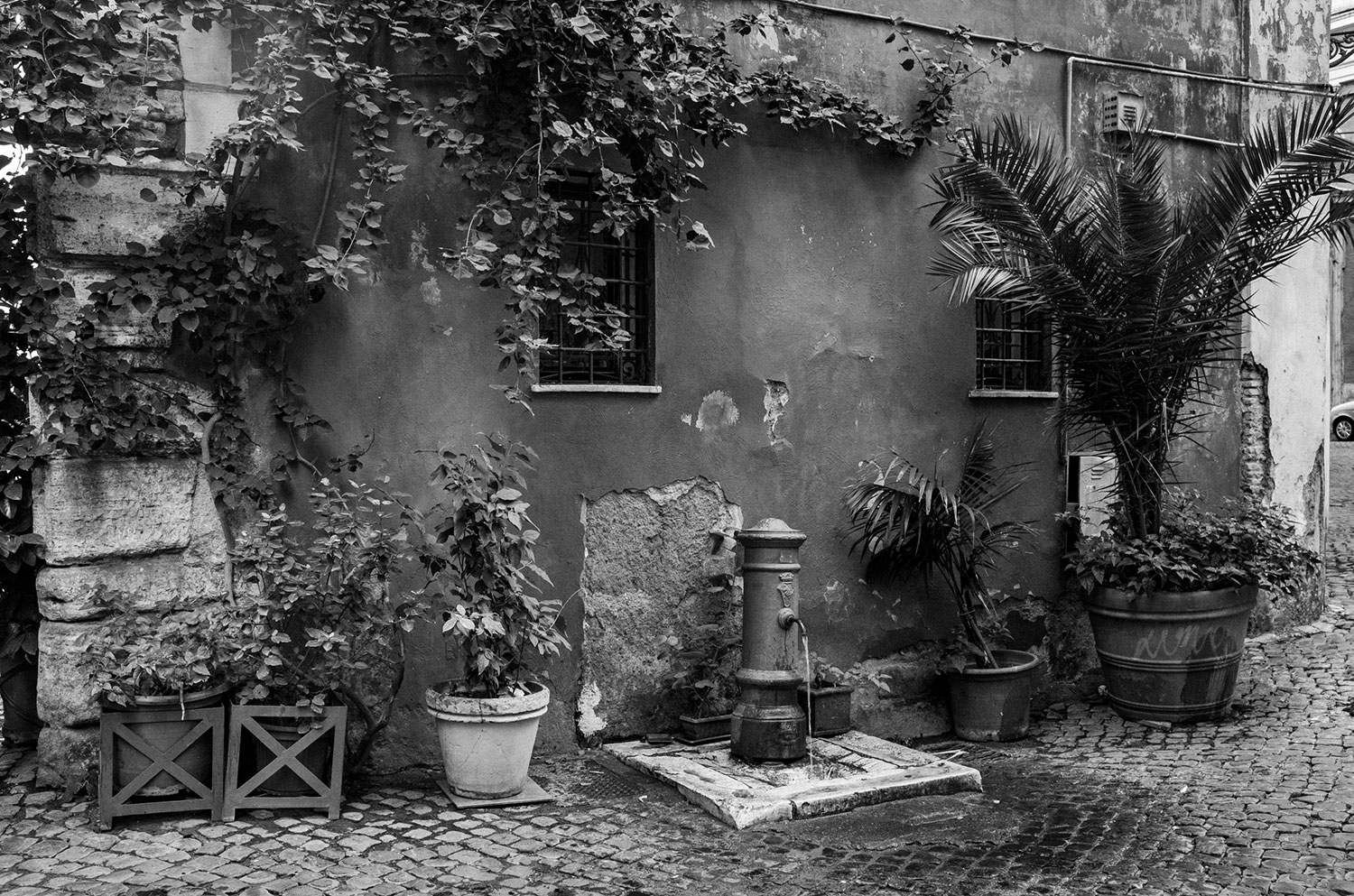

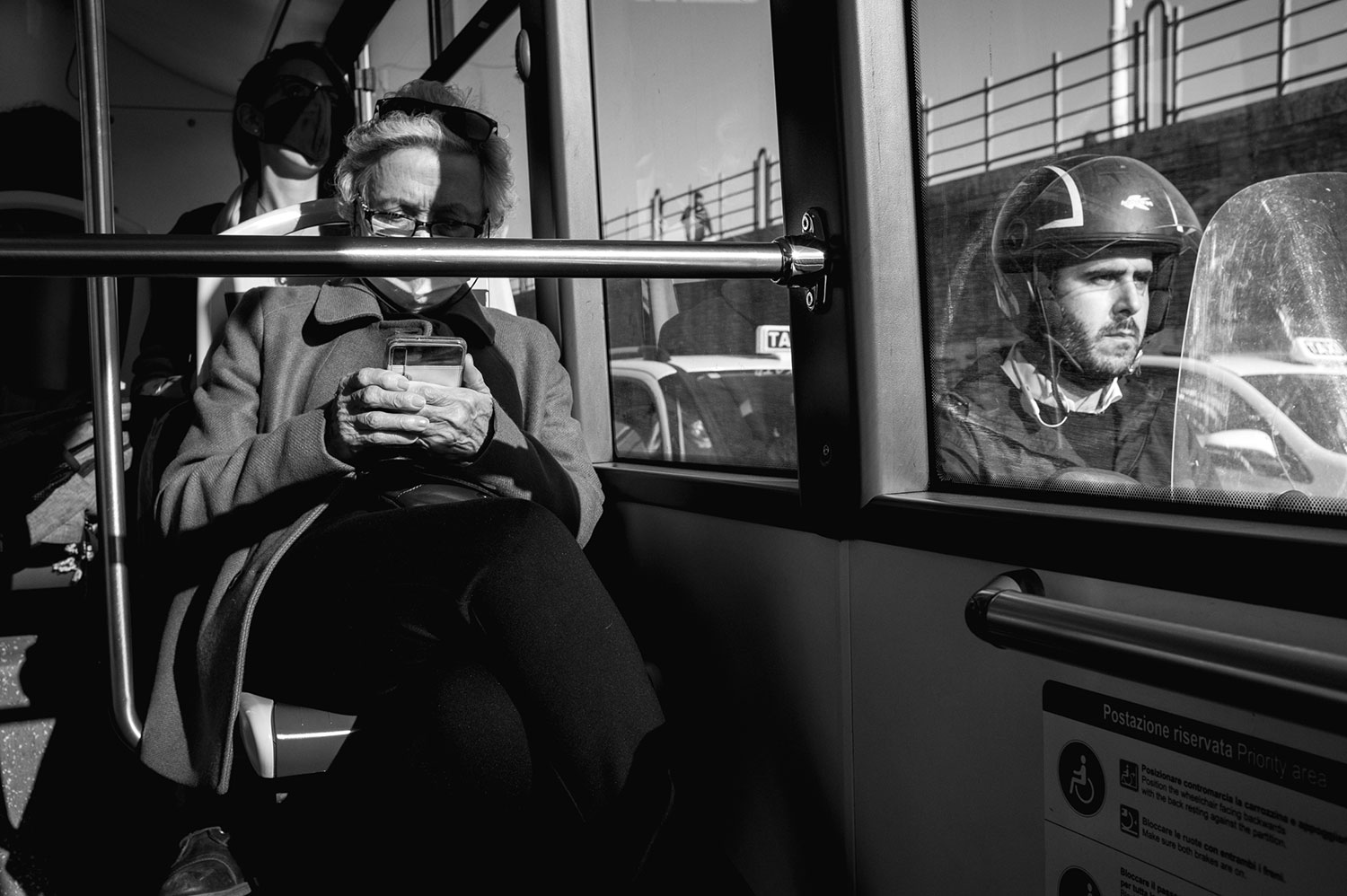
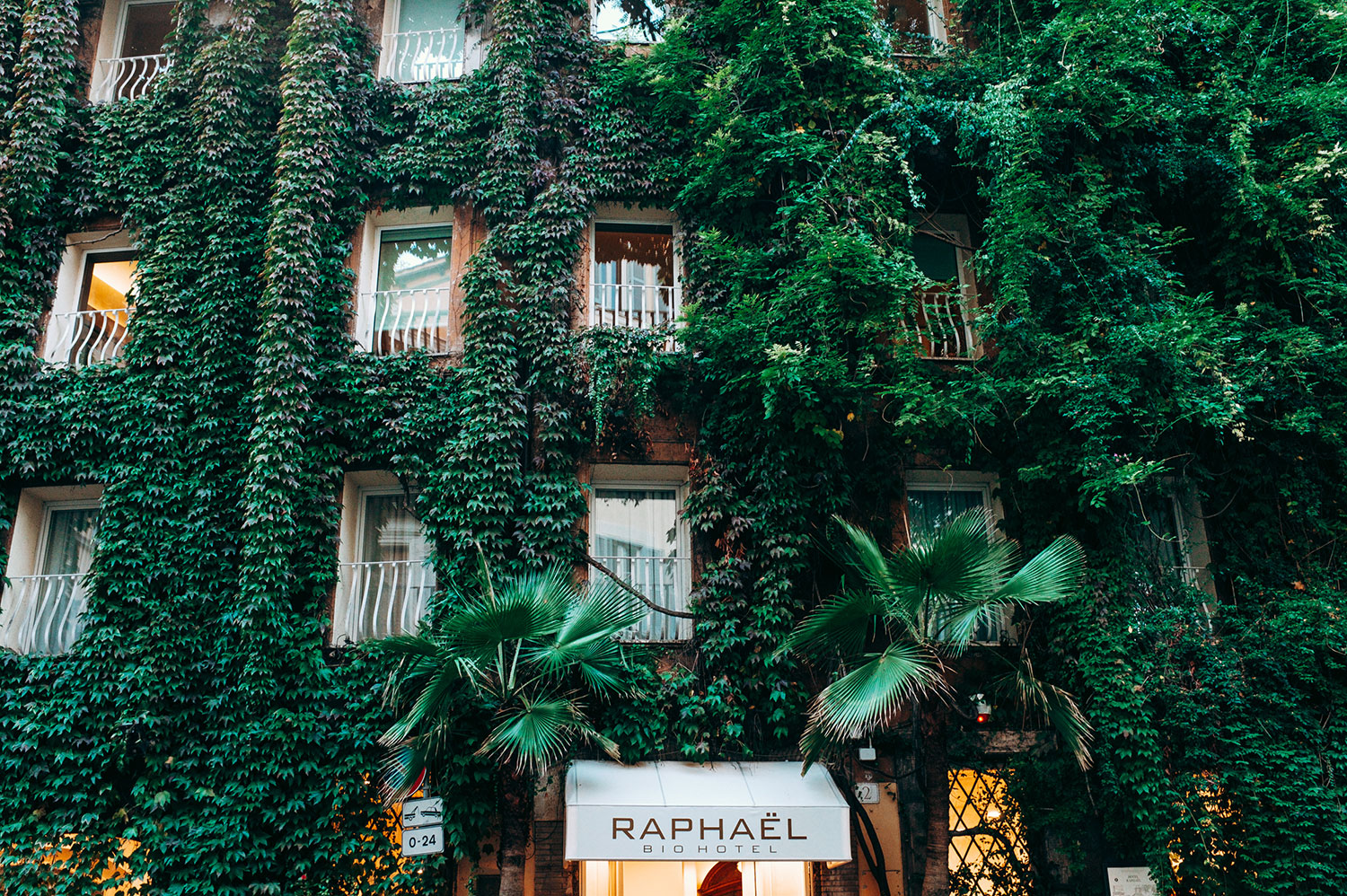
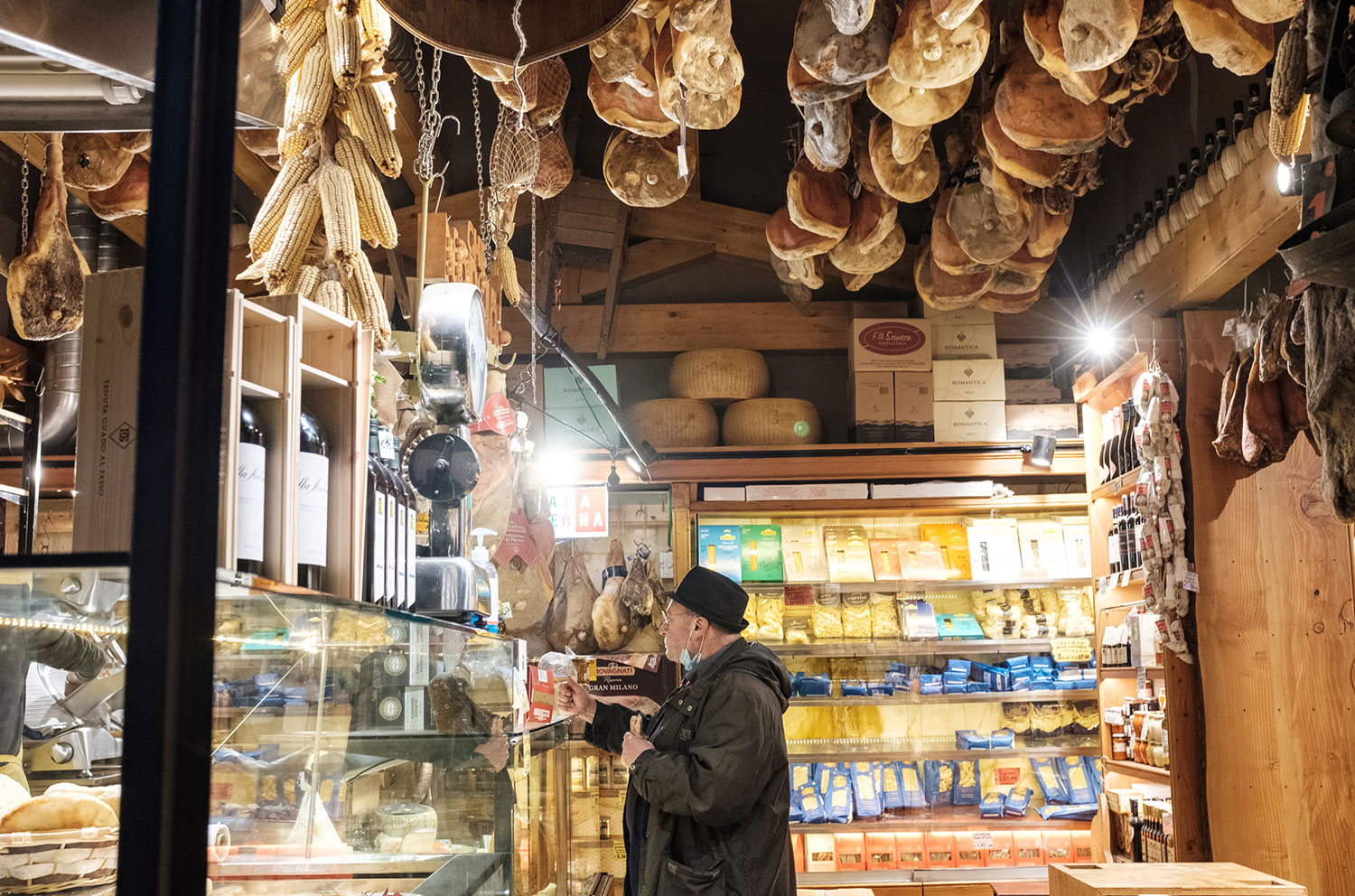
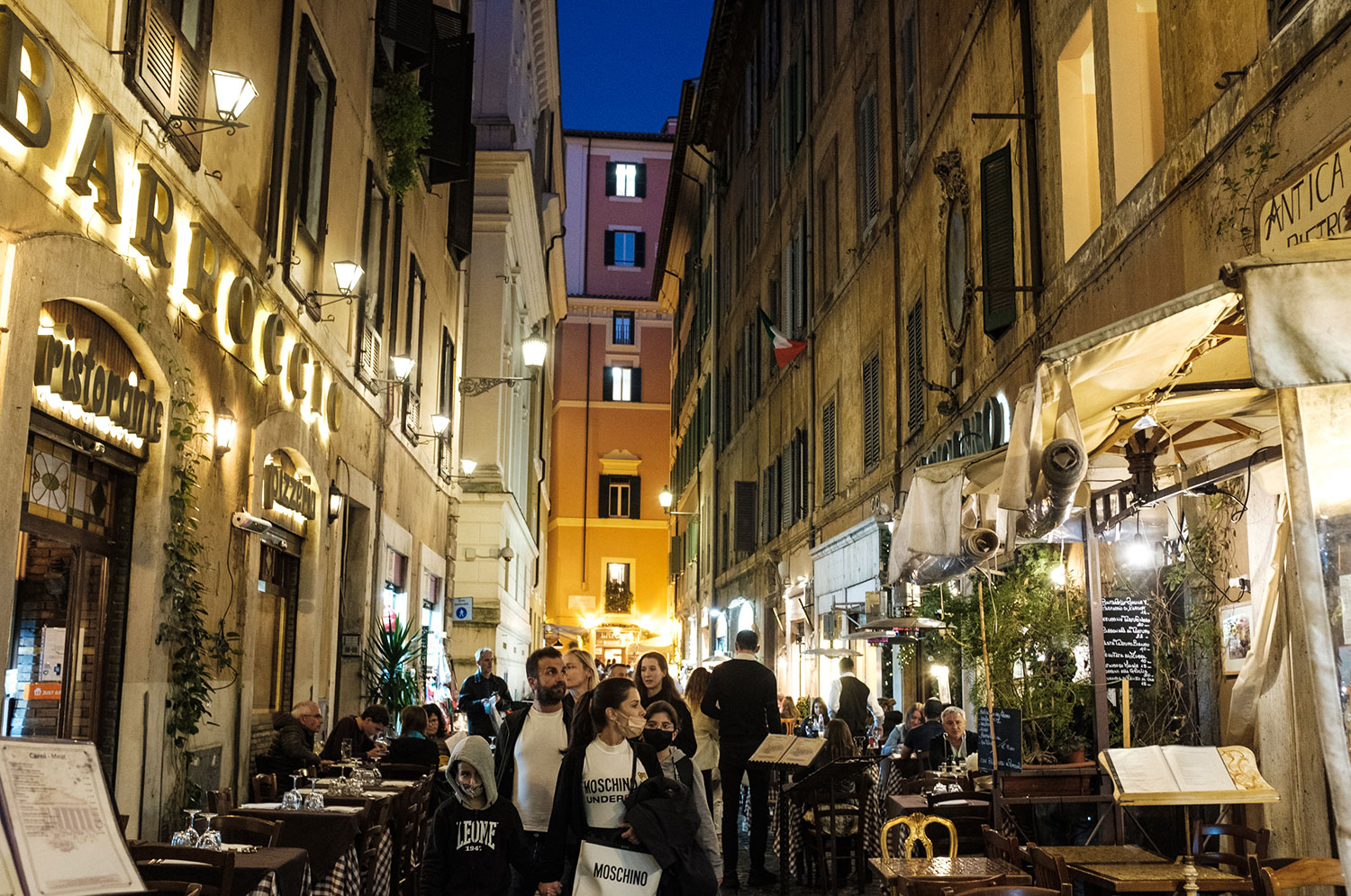
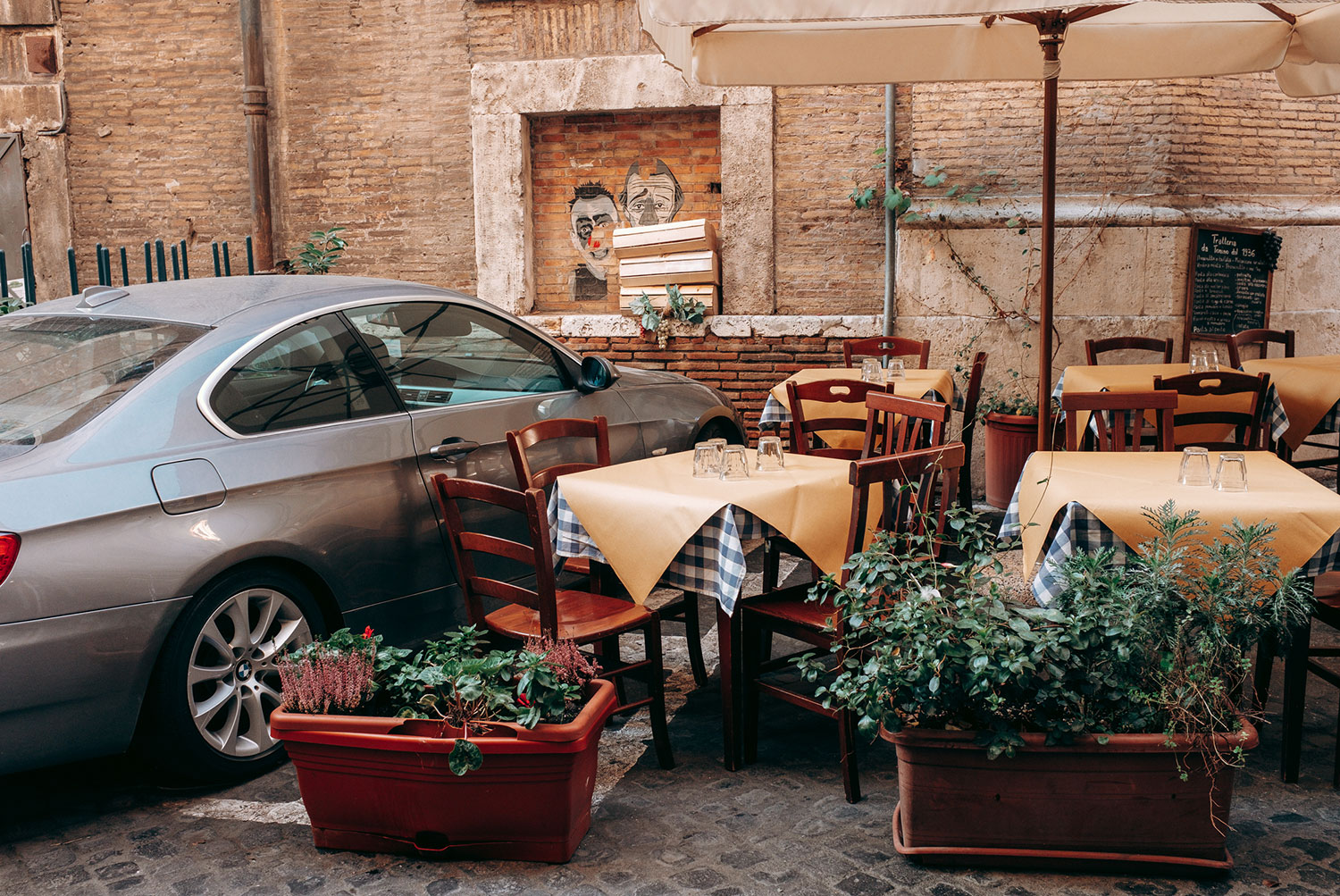
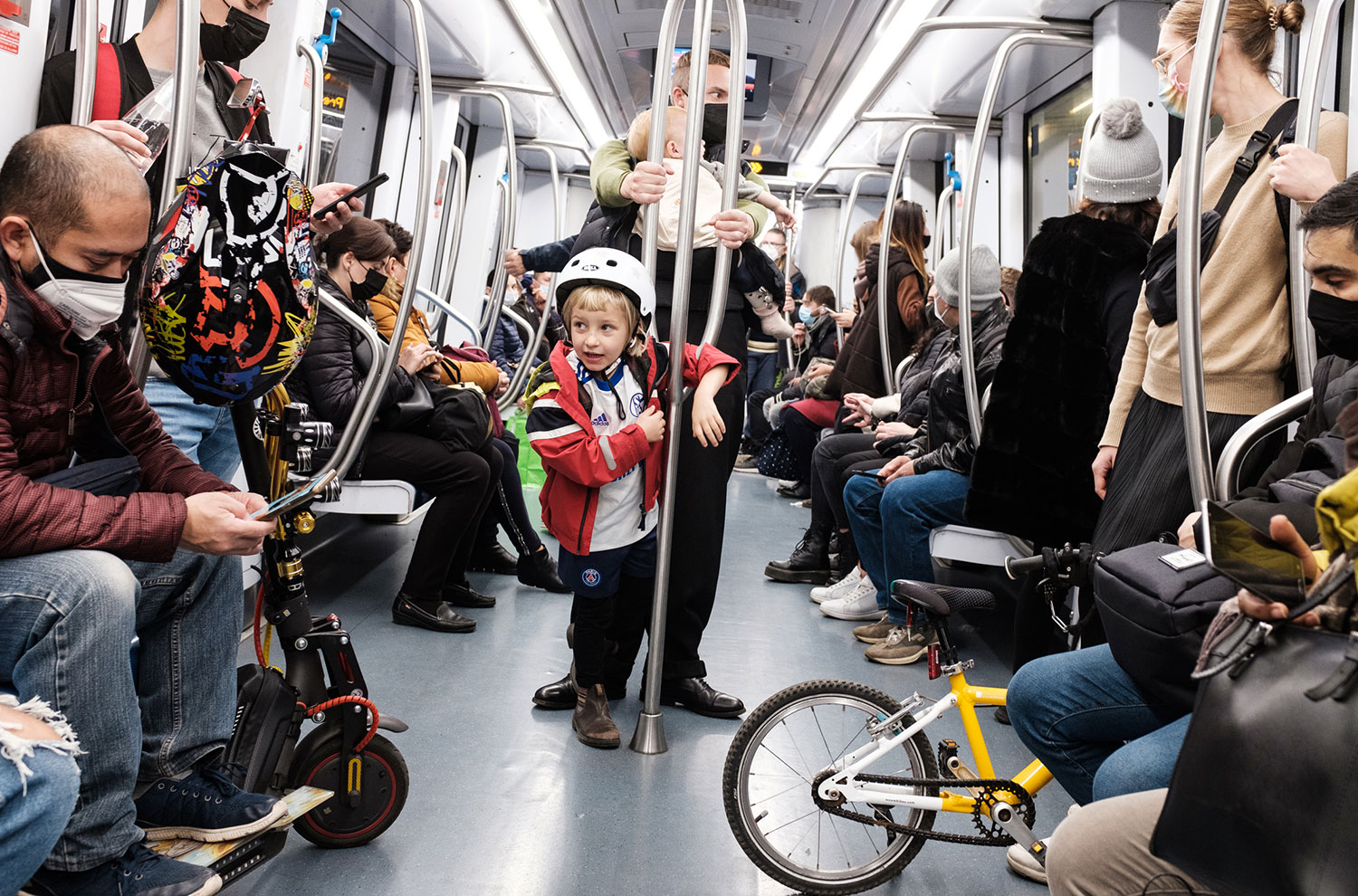
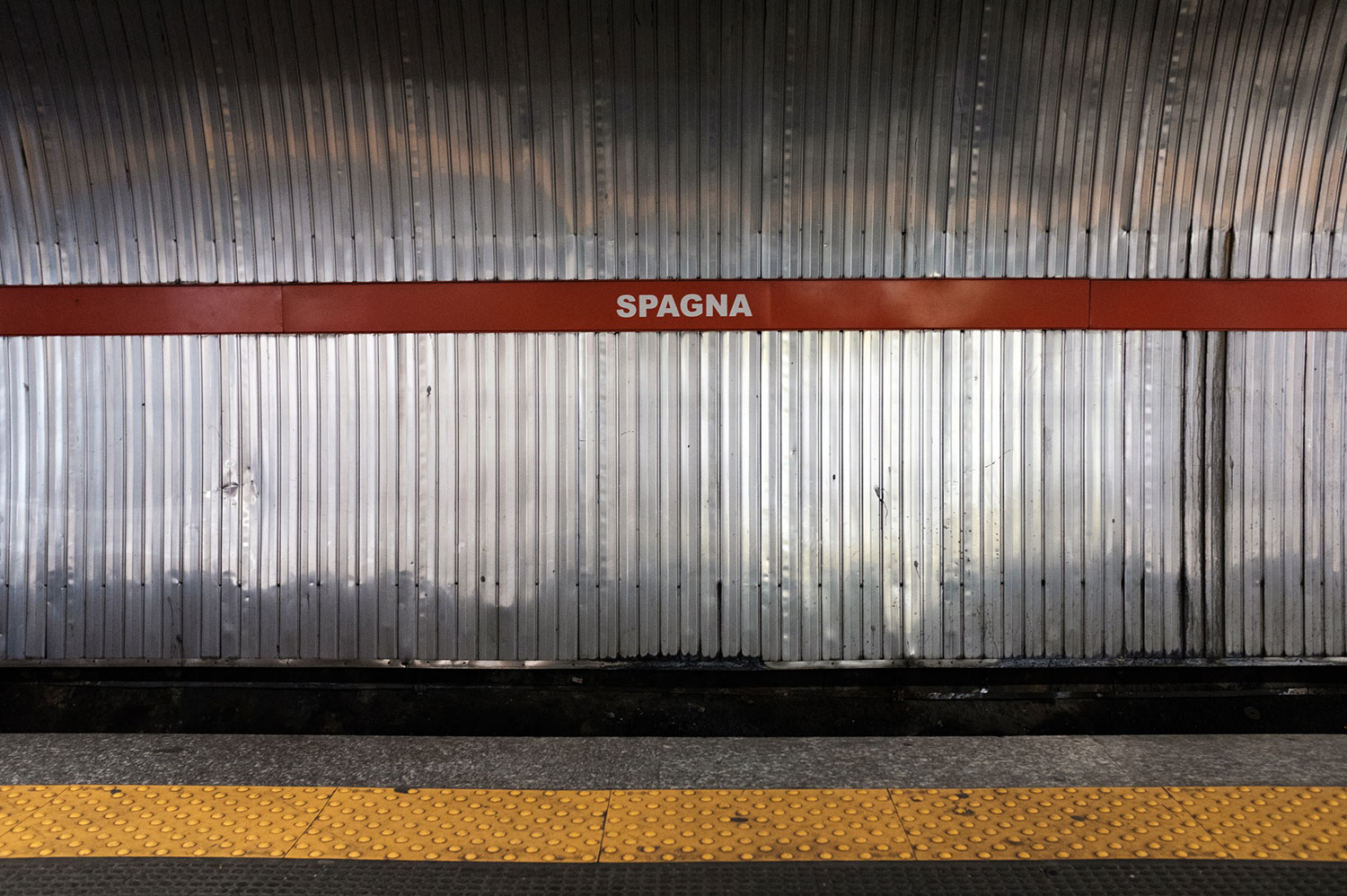
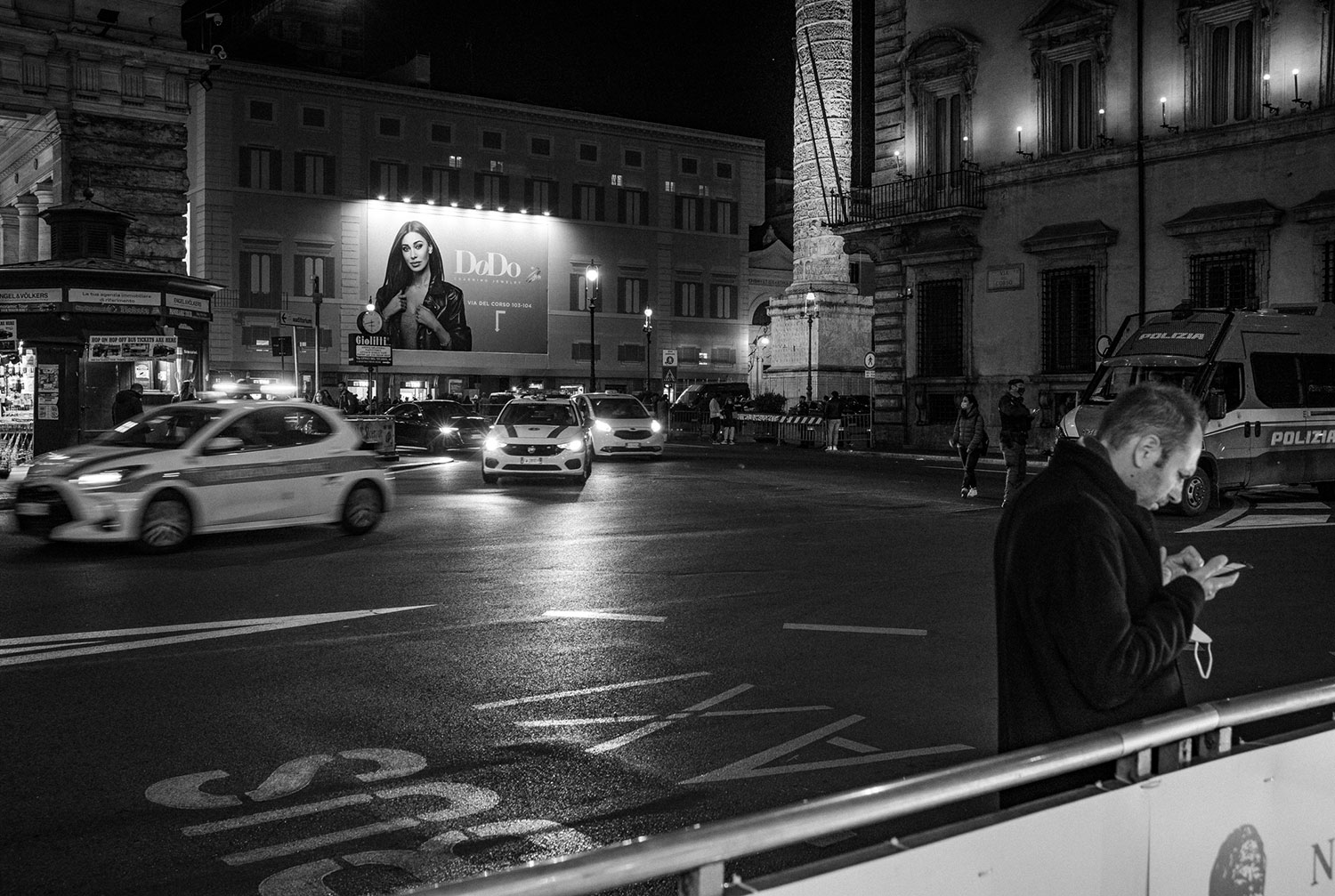
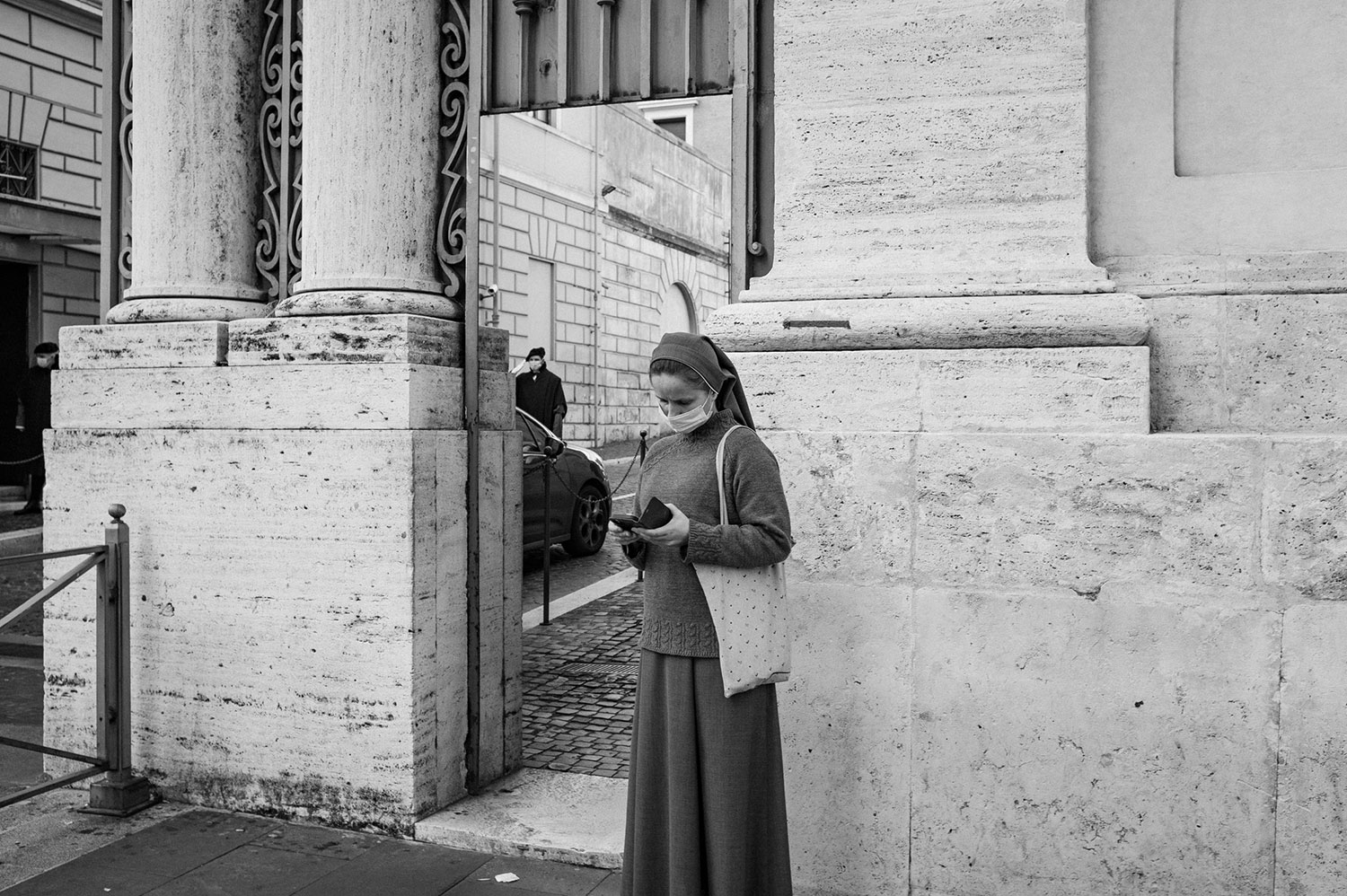
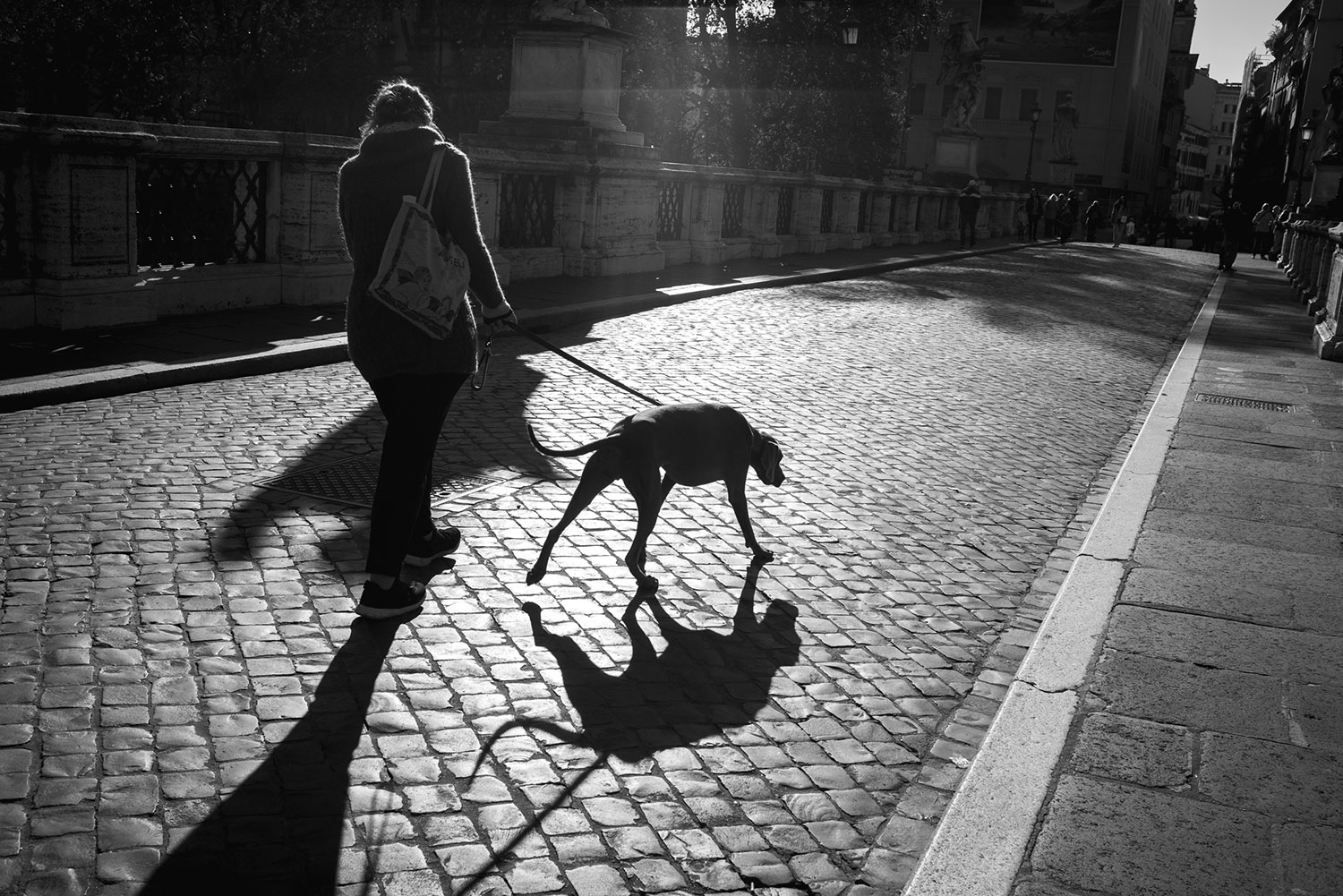
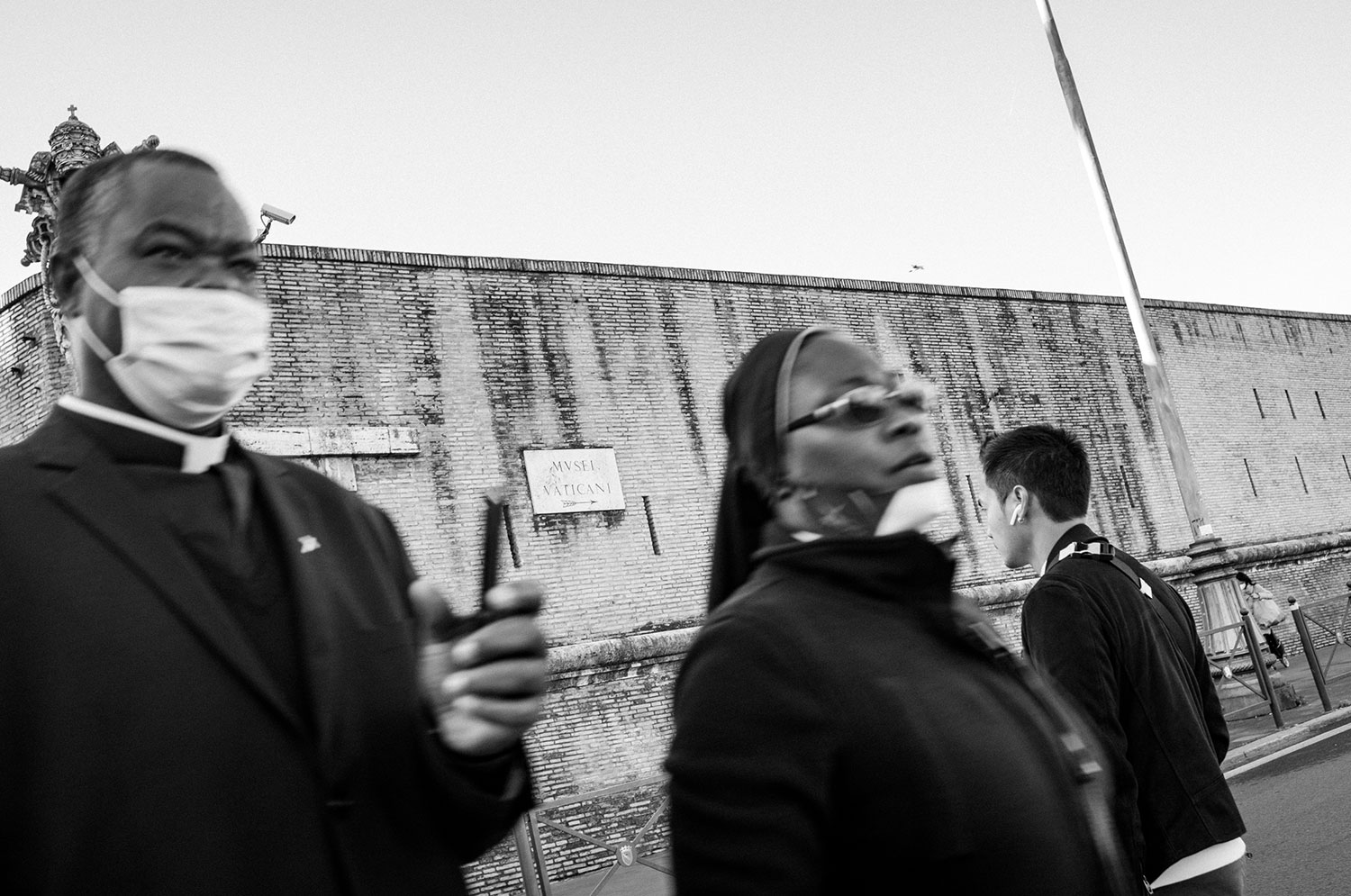
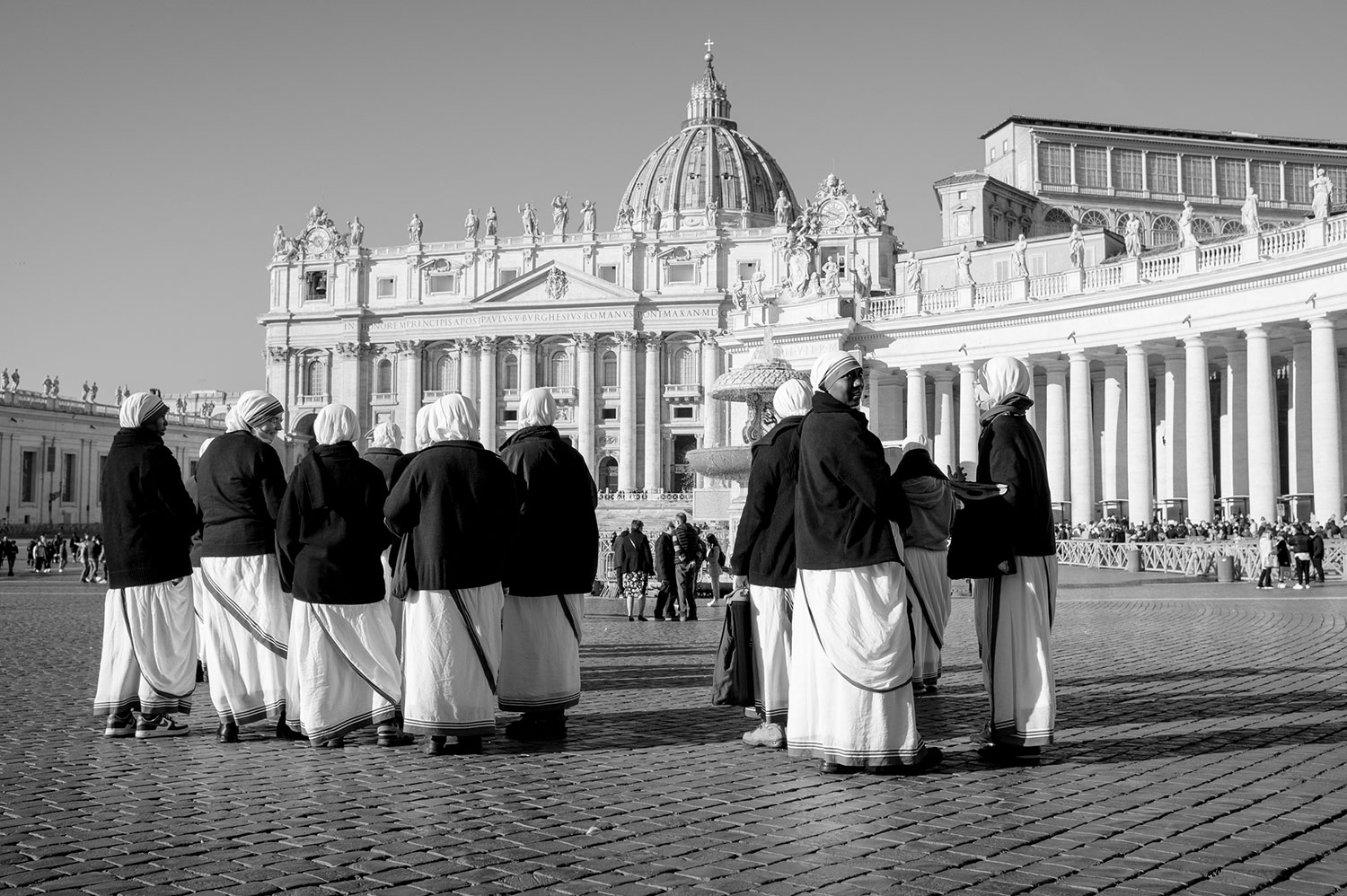
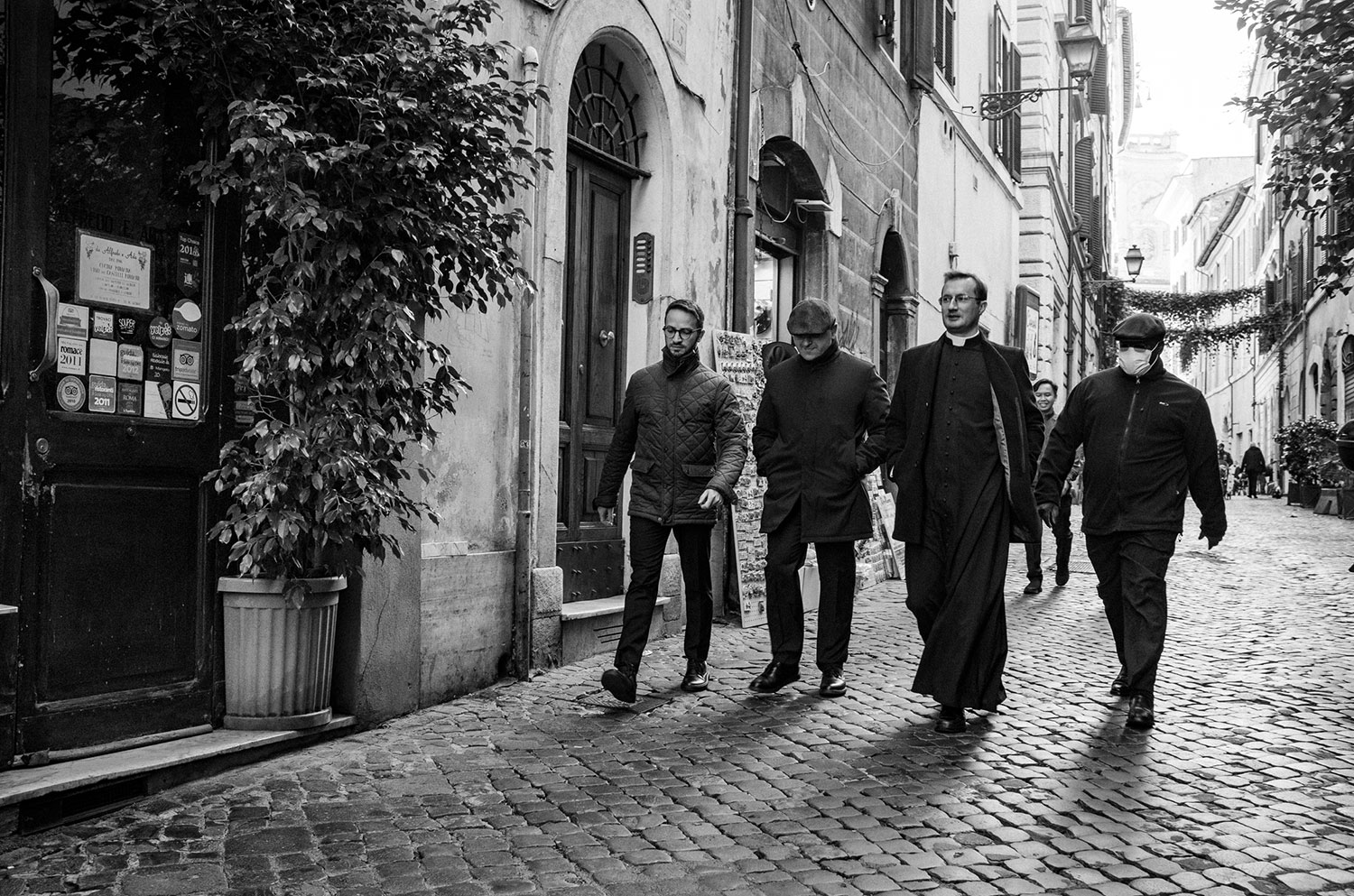
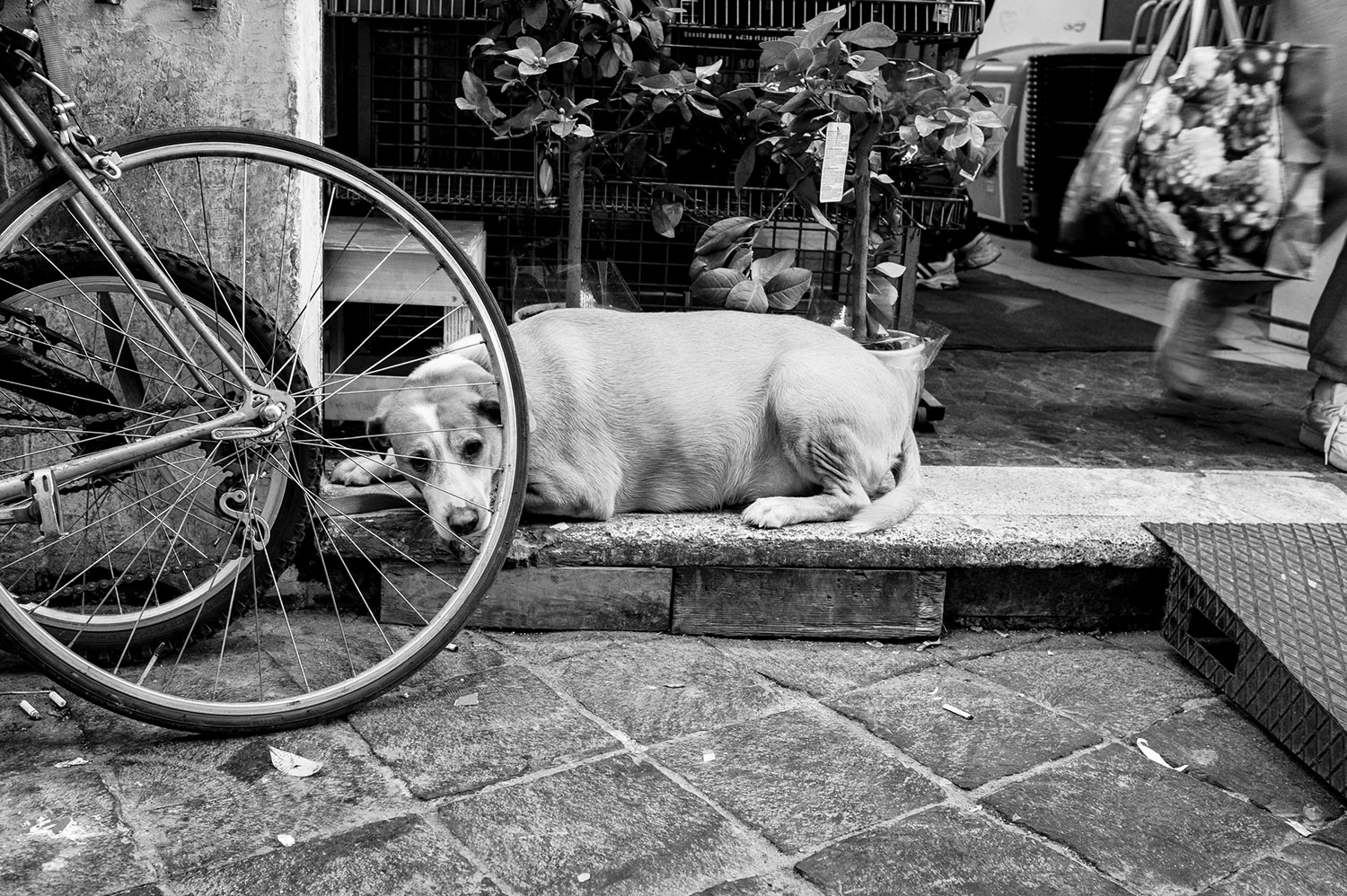
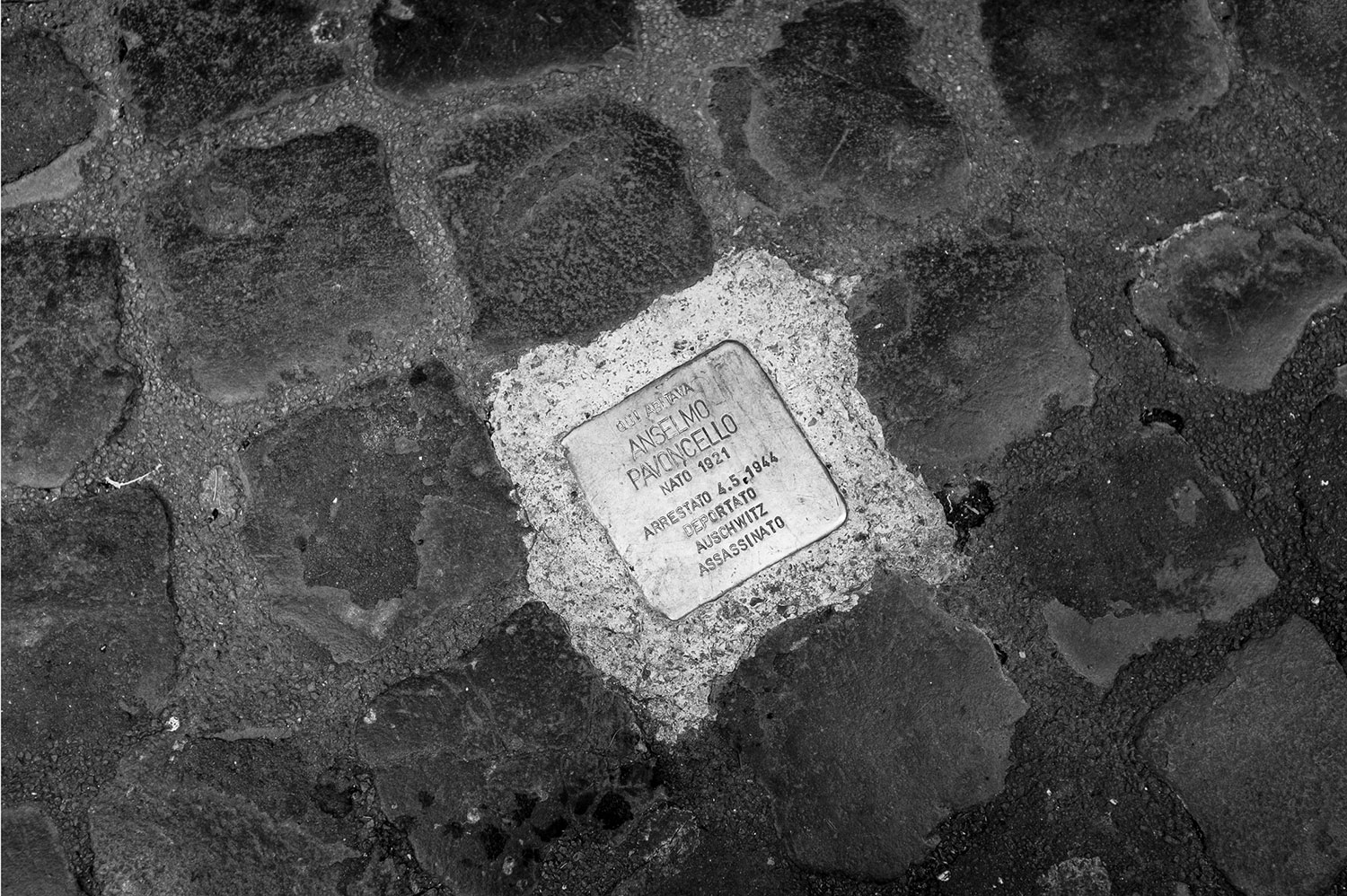
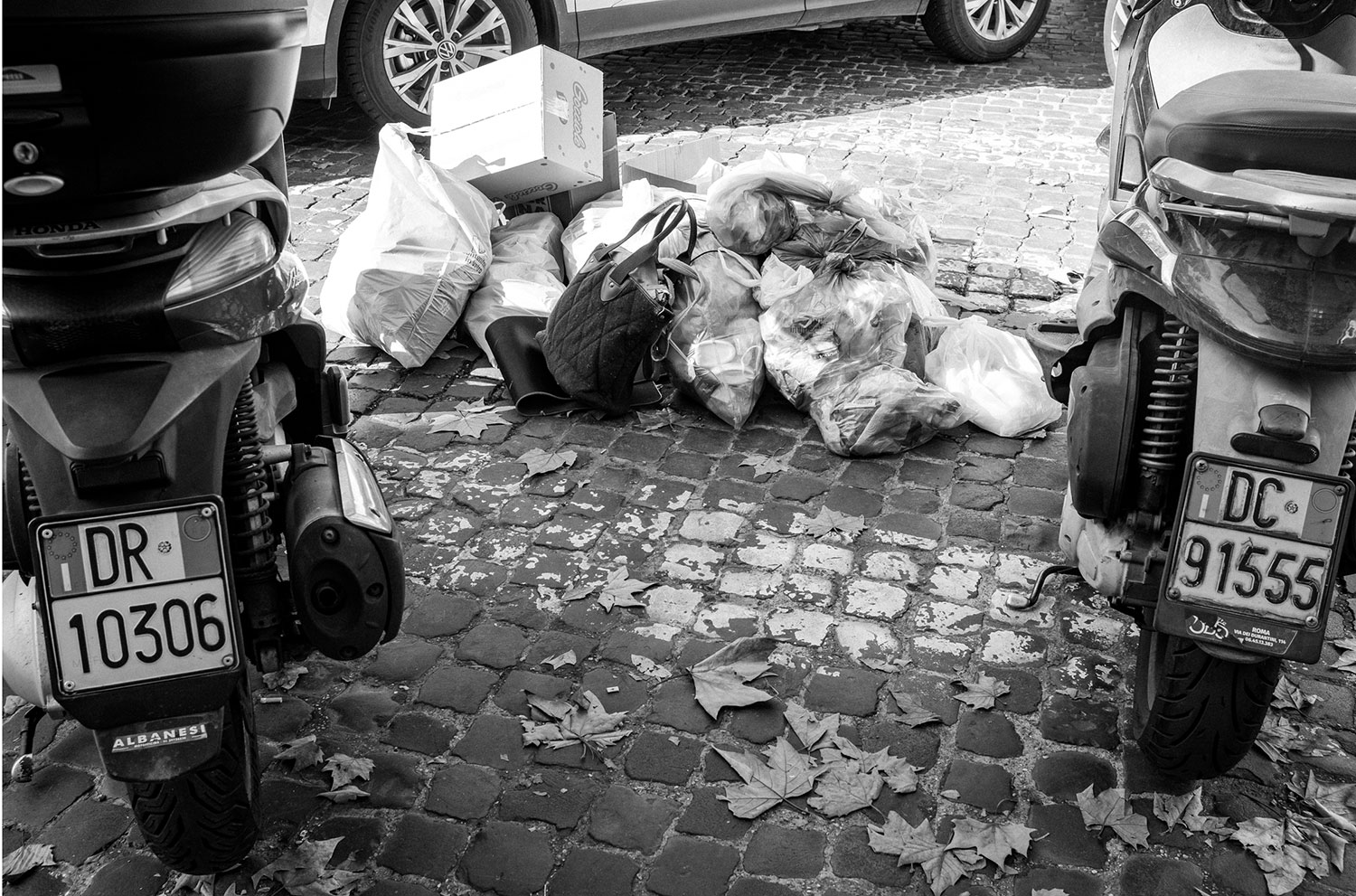
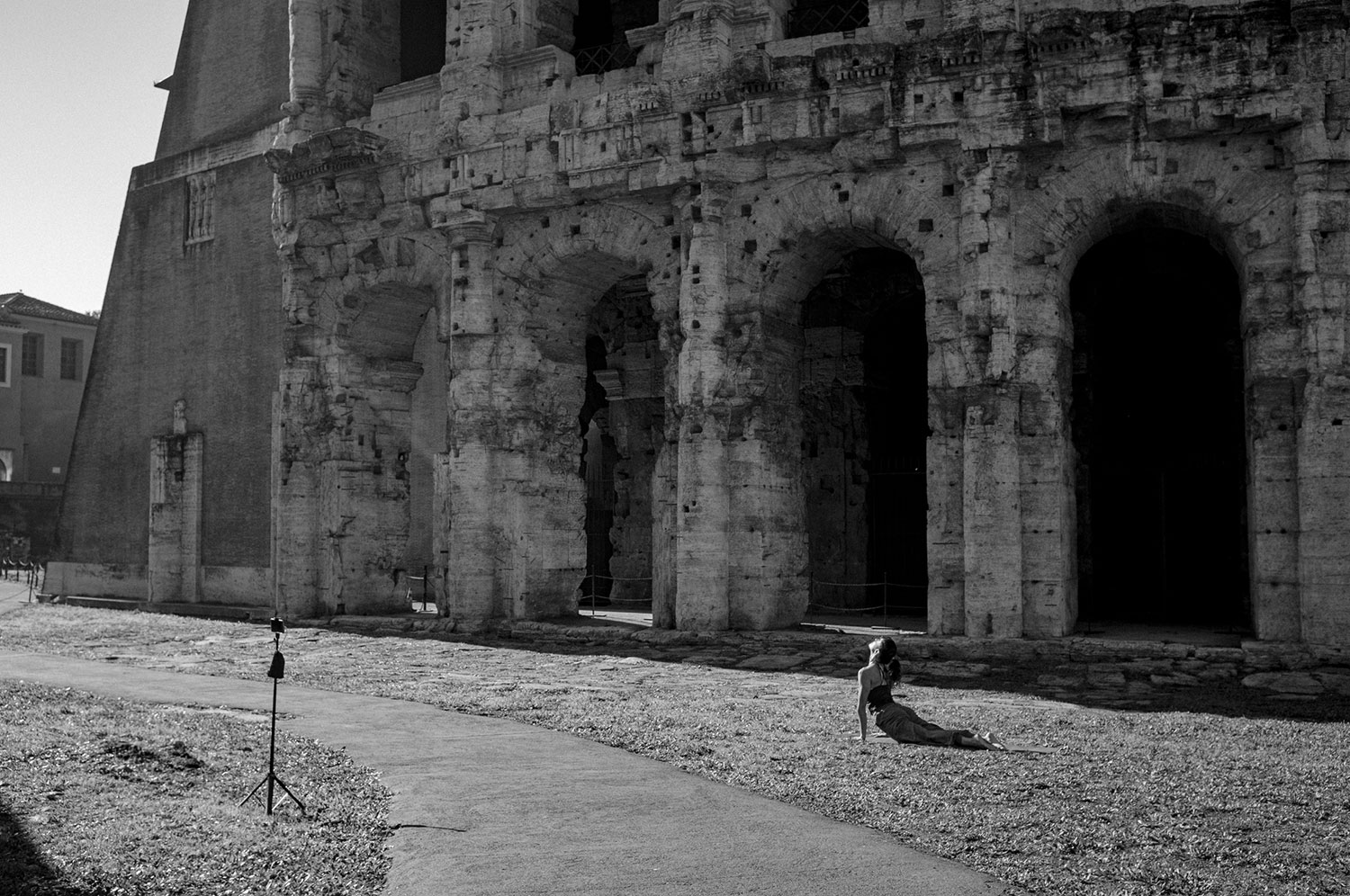



Steven Gary Goldberg
December 11, 2021 @ 2:41 am
GREAT photos! I remember seeing your photos on another site when the Covid pandemic began and I do not remember seeing any recently. I’m glad to see you are still photographing and using an X100F which is my go-to camera as well.
Stay safe and best regards.
Rafael Slovinscki
January 18, 2022 @ 6:33 pm
I’m amazed by your images, cheers from Verona!